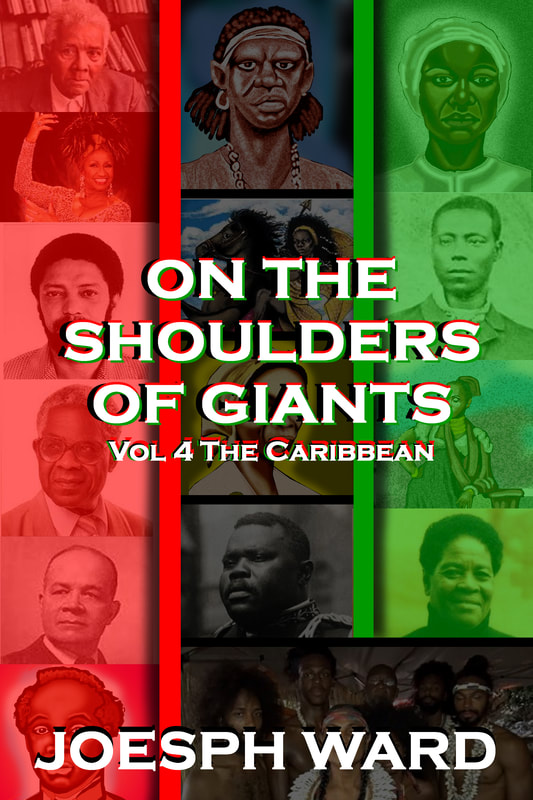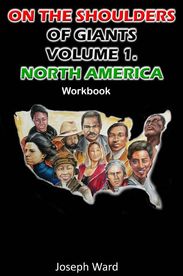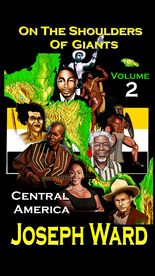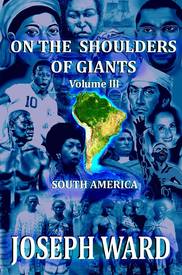|
The island of Jamaica is revered for its beauty and culture, but in my opinion, it is an underrated island when it comes to the history of enslaved Africans revolting against their enslavers. Jamaica is the setting for today’s story, but the story begins on the gold coast of Africa in the country of Ghana. Takyi was a Fante Chief of an Akan state in Ghana, who was said to be a ruler of the Kommenda or Koromantse people, that information I have not confirmed. Takyi was a wealthy chief with a high ranking among the chiefs of the kingdom, who also spoke fluent English. Sources state that Takyi admitted to selling Africans into slavery, that is how he gained a portion of his wealth. As time passed Takyi and his people were at war with another Akan state but lost the war, Takyi is then captured and sold to the British. Takyi’s life went from being a chief in Ghana to a slave working the fields in Jamaica. Takyi and others enslaved in Jamaica faced some of the harshest treatment of any slaves recorded. Takyi became an overseer on the plantation he worked. As the overseer, he began planning a rebellion with fellow slaves. Takyi had a vision of a Jamaica with a free colony of black people absent of white oppression or influence. To create this Jamaica he would have to defeat the British. In 1759, he would escape from his plantation into the caves of Jamaica, accompanied by fellow Africans ready to fight for their freedom. They would plan the rebellion for a year before they officially attacked the slave masters. April of 1760 was the beginning of Takyi’s Rebellion, also known as, the Easter Rebellion of Port Maria. In the early hours of Easter morning of 1760, Takyi and his followers began their rebellion, they first killed the slave masters on the plantations they worked. They immediately found themselves free and in charge of their own destinies, but they were well aware that this was only an initial defeat, real freedom came with totally defeating the British. As they killed their enslavers, they gathered as many supplies, weapons, and ammunition as they needed. The number of rebels grew as more and more Africans killed their enslavers to join the rebellion. Easter day was a bad day for plantation owners in Jamaica. The Africans rebelled until early the next morning. The following morning, Takyi and his rebels celebrated their victories before continuing their plans to ensure their freedom. During their celebration, a cowardly African slipped away unnoticed, ran to the nearest plantation that wasn’t ravaged by the Africans, and told the plans of the rebellion to British officials. Takyi and the rebels either practiced, believed, or tolerated the obeah spiritual tradition. Because of their belief in Obeah, they trusted that they would be protected by Obeah because an Obeah spiritualist cast a spell of protection over the rebels and ensured them that the weapons of the British could not harm them. The rebels were soon facing a British militia who were alerted of the rebellion by the person who sold out the rebels. Takyi and the rebels initially faced the British militia with confidence because of the belief in the protection of Obeah by the spiritualist. The British quickly killed the spiritualist and hung him by his own mask. This spooked a great number of the rebels because they believed they were protected. A number of them fled, but Takyi and the bravest stayed and fought the British. The rebels were fighting for their freedom and enraged that their spiritualist was murdered. As the rebels were gaining the upper hand, Maroons who were contracted to fight with the British joined the fight against the rebels. Takyi and the rebels were fighting for a month before Takyi was killed by a Maroon named Davy. Once Davy killed Takyi, he beheaded him and presented Takyi’s head to the British. Takyi’s death did not stop the rebellion, it only fueled the rebels to continue their fight. Takyi’s rebellion was Jamaica’s second-longest rebellion behind the 30-year rebellion led by a brave woman named Breffu. I profile Breffu in my new book On the Shoulders of Giants Volume 4 The Caribbean. A waterfall in Jamaica was named after Takyi, Tacky Falls, and a school was named after him. His brave efforts and strategy led to Jamaica’s second-longest rebellion. As I stated earlier, the death of Takyi was not the end of the rebellion, but it marks the rise of Apongo and the Western Revolt of 1760. To be continued. J.A. Ward Click here to support the OTSOG book series. References: https://ghanaianmuseum.com/the-story-of-takyi-the-ghanaian-king-who-led-a-slave-rebellion-in-jamaica-in-1760/ https://face2faceafrica.com/article/the-story-of-takyi-the-ghanaian-king-who-led-a-slave-rebellion-in-jamaica-in-1760 https://en.wikipedia.org/wiki/Tacky%27s_War
0 Comments
July 4, 1844, is said to be the birth date of Edmonia Lewis, but that date is not confirmed, because Edmonia Lewis was known to embellish the details of her childhood, so there is no official account of her birth date or parts of her early childhood. We do know she was born in Rensselaer, Ney York, a city located across the Hudson River from Albany, New York. Her mother was named Catherine Lewis, who was a half Indigenous American of the Mississauga tribe and half African American from Canada. Catherine was also a very skilled craftswoman. She used those skills to provide for her family. There are several accounts of who Edmonia’s father was. Some believe he was a free black man named Samuel Lewis, others believe her father was the half African American and half Indigenous American author Robert Benjamin Lewis. When Edmonia reached the age of 9, unfortunately, both her mother and father passed away, so she and her brother Samuel moved to upstate New York to live with their maternal aunts. Lewis’ tribal name was Wildfire and her brother was Sunrise; they were called by these names when they lived with their aunts. Lewis and her aunts weaved baskets and made moccasin shoes and blouses to sell to the tourist at Niagara Falls. Lewis and Samuel lived with their aunts for 4 years until Samuel moved to San Francisco to find work. Samuel became wealthy through the California gold rush, so he was eager to pay for his sister's education. Lewis enrolled in the New York Central College’s pre-colligate program. New York Central College was a Baptist abolitionist school. She attended the school for three years before being dismissed from the school for what Lewis states as “being called wild”. When Lewis lived with her parents and aunts she lived a nomadic lifestyle until the age of 12, before being sent to the school. Despite the label of wild and being dismissed from the school, information was found to prove she was an excellent student. Lewis’ brother Samuel then sent his sister to the Oberlin Academy Preparatory School, she attended the school for three years before being admitted into Oberlin College. During her time at Oberlin, she lived with Reverend John Keep and his wife and added Mary to the beginning of her name, now being called Mary Edmonia Lewis. She received a well-rounded education, studying subjects from zoology to sculpting, and was known to use her unbound imagination to create art. Lewis was labeled as mischievous, being one of the few women of color at the school. She stated that she often faced racism. Lewis eventually left Oberlin college, some believe she was forced out, because of an incident with two white female students that tarnished her name. In January of 1862, two of Lewis’ housemates were preparing for an unsupervised sleigh ride to visit their boyfriends during a holiday break. In an attempt to help keep the girls warm Lewis served the girls spiced wine. During the sleigh ride, the girls became very sick and were believed to be poisoned, so that meant that Lewis was the suspect. Sources state that via medical testimony, Lewis added Spanish fly to the spiced wine for the girls. Charges were filed against Lewis and she would later have to attend trial. Lewis was not arrested and the local news outlets didn’t make the story a headline until the trial. A group of terrorists kidnapped and beat Lewis very badly one night as she was leaving Reverend Keep’s home, in retaliation to the girls being poisoned. Lewis’ initial court date for the alleged poisoning was delayed because of her injuries. The trial officially started on February 27, 1862, Lewis was represented by a mixed-race attorney named John Mercer Langston. Langston was a skilled lawyer and used his skills to obtain an insufficient evidence verdict for Lewis’ trial. Charges were dropped against Lewis but the public humiliation and tarnishing of her name had just begun. She was later accused of stealing art supplies and helping someone burglarize local properties, both charges were dropped against her. By this time it had become very difficult for Lewis to continue attending Oberlin, so she eventually left the school. In 1864, Lewis moved to Boston, Massachusetts to start her career as an artist, which was still funded by her brother. It is said she saw a statue of Benjamin Franklin and was inspired to become a sculptor. While in Boston, Lewis was able to connect with an abolitionist community which helped her meet other sculptors and artists. Reverend Keep wrote a letter of recommendation for Lewis to help her connect with the abolitionist community and to find a mentor. She would eventually become an apprentice to the sculptor Edward Augustus Brackett. Brackett provided Lewis with clay, tools, and know-how, to help her become a master sculptor. She became a very good sculptor in a short period of time, she was mastering sculpting with clay and plaster. She would often make sculptures and medallions of popular abolitionists. Lydia Maria Child was an abolitionist and interviewer. On several occasions, she would interview Lewis and display her work in newspapers. Lewis found early success with her sculptures. She participated in a local fair to help raise money for the all-black Massachusetts 54th Infantry, she made a bust of Sergeant William H. Carney, the first black man to be awarded the Congressional Medal of Honor, and Robert Gould Shaw, commander of the infantry. Lewis admired the infantry and Commander Shaw, especially for his work with the abolitionist. Commander Shaw honored Lewis by purchasing a bust. In 1865, Lewis would sell photos and copies of the bust to help fund a trip to Italy. Lewis stated that while living in Italy she could create her art free of racism and gender discrimination. She arrived in Italy in 1865, where she studied with sculptors Hiram Powers and Thomas Ball, two men that helped her improve greatly as a sculptor. She then moved to Rome where she joined a group of women who left the U.S. and Brittan to find a place to create art. She began sculpting with marble when she moved into the former home of the famous sculptor Antonio Canova. To help make a living she created and sold small busts and full-length sculptors. She completed her first masterpiece in 1867 Forever Free. A sculpture that depicted two African slaves becoming free. Lewis did return to the U.S. briefly to attend a dedication to the sculpture at Tremont Temple in Boston. Meanwhile, back in Italy, Lewis had become highly publicized by the media outlets. Her sculpture The Arrow Maker, a depiction of an Indigenous American father showing his daughter how to shoot an arrow, also gain much acclaim. Living and creating in Italy allowed Lewis to forge a great career for herself. She was able to make substantial amounts of money from her sculptures. She was also able to display and sell her art at numerous art exhibitions throughout the world. The Death of Cleopatra was created for the 1876 Centennial Exposition in Philadelphia, Pennsylvania. The sculpture was also highly acclaimed by many art enthusiasts and experts. The piece did come with some controversy over the symbol of the sculpture and the details added, some felt Lewis could not openly use the piece to express the plight of African American people. The sculpture was placed in storage for a while, then purchased and placed on the grave of a racehorse, before finally being placed in the Smithsonian in 1994. Lewis was hired to create the portrait of then-president Ulysses S. Grant. He was very happy with the final product. Lewis would also create a bust of then-senator Charles Sumner. Lewis created her sculptures in the neoclassicism style, a style of art that began in the mid-1800s in Italy and France. By the late1880s, neoclassicism was going out of style and Lewis’s popularity was declining but she continued to create busts, some that were later found and curated. Lewis died on September 17, 1907, in London, England. She is regarded as the first black woman to be internationally recognized as a master sculptor. She is the sculptor whose shoulders even the great sculptor Meta Vaux Warrick Fuller stands on. When she found her passion she did not allow anyone or anything to stop her. To make her dream come true she even moved to another country. To the great Mary Edmonia Lewis, we proudly stand on your shoulders. J.A. Ward Click here to support the OTSOG book series. References: https://en.wikipedia.org/wiki/Edmonia_Lewis https://www.theartstory.org/artist/lewis-edmonia/life-and-legacy/ “The Mother of the Mossi” is the title given to the woman I am presenting today. She was beautiful, strong, a warrior, a wife, a mother, and a matriarch. Naba Nedega was the ruler of the Dagomba Kingdom, which is modern-day Ghana, between the 11th and 15th centuries. A number of scholars believe he ruled in the 12th century. Naba Nedega had a daughter named Yennenga. Yennega was a tall and beautiful girl who loved to ride horses. This dynamic was odd in the Dagomba Kingdom because horse riding was reserved for the men. In addition to riding horses, she mastered the javelin, spear, and bow and arrow, and used those skills to become a master hunter. Being tall, smart, slender, agile, and a skilled hunter, made her father recruit her for his army. Within her father’s army, Yennenga developed the reputation of being an excellent warrior who other armies feared. Her athleticism and tact allowed her to become the leader of her own regiment. She was known for leading her regiment into battle and coming out victorious. As time passed and Yennenga grew older, her father wanted her to forgo marriage and remain in his army. Sources say that Yennenga did enjoy being in her father’s army, but she also longed for love and a family. Because of uncertain circumstances, Yennenga left her home and ventured into the forest of what is present-day Burkina Faso. There are many stories telling why Yennenga left her home, one story says she asked her father if she could become a wife and start a family, her father refused, she was saddened by his answer and fled her home. Another story says, she was walking in her village one day, saw a mother feeding her child, and realized she wanted to be more than a part of her father’s army. While lost in the forest of Bitou Yennenga came upon a young elephant hunter named Riale from Mali. Riale and Yennenga became acquainted with each other and eventually fell in love. The two would produce a son named Ouedraogo. When Ouedraogo was a young boy, Yennenga sent Ouedraogo to Dagomba to meet his grandfather Naba Nedega. When Naba Nedega meets Ouedraogo he was immediately overjoyed because he searched for his daughter for years and was happy she was alive. Naba Nedega arranged a feist inviting Yennenga, Riale, and Ouedraogo to attend. Once and for all, Naba Nedega’s family was reunited. Ouedraogo would learn to become a ruler and warrior from his grandfather. Ouedraogo was said to be as skilled as his mother in riding a horse, using the spear, javelin, and bow and arrow. When Ouedraogo became of age, he moved to Bitou and eventually established the Mossi Kingdom. Now you know why Yennenga is the “Mother of the Mossi” and why she is revered by the Mossi. To Yennega, we proudly stand on your shoulders. J.A. Ward Click here to support the OTSOG book series. References: https://face2faceafrica.com/article/yennenga-the-dagomba-warrior-princess-whose-son-founded-the-mossi-kingdom-of-west-africa https://www.funtimesmagazine.com/2021/08/04/364589/burkina-faso-independence-the-story-of-princess-yennega-a-mamprusi-from-northern-ghana-who-birthed-the-mossi-tribe-of-burkina-faso https://en.wikipedia.org/wiki/Yennenga The marshlands of Southern Iraq are the setting for today’s story. The Abbasid Caliphate were rulers of the Islamic world who came to power in 750 CE, after defeating the Umayyad Caliphate. At the time the city of Kufa, Iraq, was the capital city of the Caliphate, but their empire stretched from Libya to Iran. The marshlands were abandoned by their original inhabitants because the land became inhabitable due to excessive flooding which caused layers of natron to form on the land. Wealthy merchants and maganents were interested in buying the land to have it restored for agricultural purposes, and they would use servant labor to restore the lands. As the merchants and maganents proceeded with their plans, they either purchased or stole people from the east coast of Africa and the islands along the east coast of Africa. Over time the slave labor of the Abbasid consisted of people they conquered, but the Zanj specifically were classified as people from the East coast of Africa. The Abbasid slaves were deployed to the marshlands to work the lands until it became fit for agricultural production. Even though slavery in the Islamic world was different from chattel slavery, the conditions the Zanj lived and worked in were inhumane. As time passed and the working conditions did not improve for the Zanj, disdain for the Abbasid began to grow throughout the people. A number of the Zanj converted to Islam with the belief that their conditions would improve, but they were misled. Dissension was flowing through the Abbasid Caliphate beginning in 861 CE, the Anarchy of Samarra is what this period of dissension was called. During the Anarchy of Samarra, the Abbasid government was at odds with its military. This distraction allowed enslaved Zanj rebels to overtake certain provinces and maintain control because of a lack of government resources to oppose the rebels. Around 861 CE, Ali ibn Muhammad enters the picture and would become a central figure of the Zanj rebellion. Little is known about Muhammad’s background, he is said the be a descendent of a slave woman, but Muhammad himself claimed to be a descendent of Ali ibn Abi Talib, the cousin, and son-in-law of the Prophet Muhammad. But there is not enough information to verify either claim. Muhammad moved to the city of Bahrain in 863 CE. Because of his claims to be a descendent of Ali ibn Abi Talib, he amassed a large following where taxes were collected in his name and he was viewed as their ruler. He was even able to lead his followers into a rebellion against the Abbasid, which was quickly squashed. This defeat and humiliation lead Muhammad to relocate to the city of Basra. While in Basra, Muhammad and a few of his followers who remained with him attempted to exploit the dissension between the local tribes. His plan was to align himself with one of the tribes to strengthen his troops to eventually oppose the Abbasid Caliphate. His plans backfired, the tribes could not be convinced to join him, some of his men were arrested and jailed, and the rest fled for their lives. Muhammad himself was captured and jailed in the city of Wasit. He was only imprisoned for a short time, due to using his gift of gab to earn his freedom from jail. After his release from jail, Muhammad relocated to Baghdad where he found more people willing to support his cause and follow him. He and his new supporters traveled to the outer limits of Basra; entering the city would have led to his immediate arrest. As Muhammad and his supporters set up their camps outside of Basra, they encountered the Zanj and the inhumane conditions they lived and worked in. Muhammad being the self-identified recruiter and liberator, began engaging with the Zanj and recruiting a number of them to join his cause against the Abbasid. In addition to their recruitment of the Zanj, Muhammad and his men would free small bands of slaves that were lightly guarded. They would attack the slaves overseer’s and free the slaves. Over time, Muhammad’s following was extremely large and a threat to the Abbasid. When the rebellion started, Muhammad and his men were severely unarmed, accounts state that they barely had five swords for the whole army, they used sticks and whatever items they could get their hands on. They then raided more slaveholders and freed more slaves, and acquired more weapons and people. The Abbasid Caliphate was under pressure from other kingdoms either regaining control over Abbasid lands or looking to take control of Abbasid lands. We do know that because of the outside distractions, the Caliphate did not take Ali ibn Muhammad and the Zanj as a serious threat. By the time the Zanj were actually taken seriously, it was too late, the Zanj were scoring a number of victories against the Abbasid mercenaries and gaining some control of the area and the people. After an overwhelming victory in the battle at the Barges, the Zanj were now viewed as a threat by the Abbasid. The Abbasid then deployed a group of Turkish soldiers to battle the Zanj, and the Zanj continued to crush their enemies. The Zanj rebellion officially began in 869 CE, by 870 CE, the Zanj captured the city of Basra and continued to gain victory after victory over the Abbasid for the next 15 years. The year 879 CE would be the beginning of the fall of the Zanj rebellion. The Abbasids employed Al-Muwaffaq and his son al-Mu‘tadid to battle the Zanj, al-Mu’tadid was the leader and his men were able to gain some victories over the Zanj and reclaim some of the land taken by the Zanj. The Zanj capital city of al-Mukhtara fell in 883 CE. During the battle, Ali ibn Muhammad was killed and beheaded. His head was placed on a pole high enough so all who opposed the Abbasid could see. A number of the remaining rebels were pardoned to prevent any future uprisings by remaining rebels. The Zanj rebellion caused the Abbasid Caliphate to appear weak in the presence of its enemies. The Abbasid exhausted time, money, resources, and people, to suppress the Zanj rebellion, while other nations were opposing the Abbasid. This rebellion is unique because it is one of the major rebellions of the Islamic world, but it is also one of the longest rebellions in the Islamic world. Many scholars argue that this rebellion is not specifically a rebellion of African people because the Zanj were joined by other groups of oppressed people to oppose the Abbasid. It is not my intent to determine whether the rebellion was completely African or not, I’m here to expose you to yet another story of African people rising up against their oppressors to fight for their freedom. This rebellion lasting 15 years is an example of the leadership of Ali ibn Muhammad, and the tact and skill of the Zanj. Once again the rebellion did not exist only of African people, but I am acknowledging the African presence in the Zanj rebellion. To the Zanj and the other rebels who opposed the Abbasid Caliphate, we stand on your shoulders. J.A. Ward. Click here to support the OTSOG book series. References: https://daily.jstor.org/what-was-the-zanj-rebellion/ https://www.medievalists.net/2019/02/zanj-revolt-slave-war-medieval-iraq/ https://www.hamptonthink.org/read/against-ignoring-race-the-zanj-revolution-as-black-slave-revolt https://en.wikipedia.org/wiki/Zanj_Rebellion This story begins at the Hermitage Plantation in Lousia County, Virginia. Henry Brown was born enslaved and his parents were also enslaved. I do not know much about his parents, but he did have four siblings. Brown was able to live with his family until the age of 15 after the death of the plantation owner John Barret. Brown’s family was separated and he was sent to live in Richmond, Virginia to work in a tobacco factory owned by William Barret, the son of John Barret. William did keep one of Brown’s sisters as his mistress. Let’s fast forward to the year 1836, Brown would marry a woman named Nancy who was also enslaved on a nearby plantation. Henry and Nancy Brown produced 3 children, and Henry was able to earn enough from the tobacco factory to support his family. He and his family lived in a house he rented, he also paid the owner of his wife to prevent him from selling her away. Around 1848, Nancy’s owner sold her while she was pregnant to a plantation in North Carolina. Brown was devastated that his wife was sold away from him, and sold while pregnant. He could no longer remain enslaved so he devised a plan to free himself. Brown recruited a free black man named James C.A. Smith and a white man named Samuel A. Smith, the three men planned to have Brown shipped in a box to a free state through the postal system. Samuel Smith consulted with members of the Pennsylvania Anti-Slavery Society and other anti-slavery supporters to create a network to have Brown shipped to a Quaker merchant. On the day of his escape in 1849, Brown burned his hand severely so he would have a legitimate excuse to not be at work, and to not be seen as attempting to escape. Later the two Smith men secured Brown into a small box with the label “dry goods” and “handle with care”, the box also had a small air hole for Brown to breathe. Inside the box, Brown carried water and a few biscuits to sustain himself. This method of escape was very risky, but as Brown stated in his biography, worth the risk. Brown was traveling from Richmond, Virginia to Philadelphia, Pennsylvania and the trip was very arduous, he was turned upside down for several hours of the trip. His escape nearly cost him his life. But once again, it was worth it. The box was handled very roughly on many occasions. Between the box being tossed around and Brown spending so much time on his head, the escape took a physical and mental toll on Brown’s mind and body. It took a total of 27 hours to ship the box from Virginia to Philadelphia. Brown's box a shipped by train, boat, and wagon, to the Philadelphia Vigilance Committee on March 30, 1849. The great William Still was a member of the Philadelphia Vigilance Committee and a contributor to Henry Brown gaining his freedom. Henry Brown had accomplished the unthinkable, he literally escaped from slavery in a box by mailing himself from Virginia to Philadelphia. The federal laws that protect mail being shipped across the country helped Broen earn his freedom, these laws also worried slave owners because literally, anything could be inside the packages being shipped across the country. Laws that Brown and the Smith men took advantage of. Following his new freedom, like many other blacks who escaped freedom, Brown became an advocate for the ending of slavery. He became a member of the Massachusetts Anti-Slavery Society and became acquainted with the legendary Frederick Douglass. As Brown's fame grew he was given the nickname “box” because of his daring escape from slavery in a box. Brown would go on the publish two versions of his autobiography titled Narrative of the Life of Henry Box Brown. Frederick Douglass was proud of Brown for his escape and success, but he was not fond of Brown revealing how he escaped in his autobiography. As a result, blacks who were escaping slavery were found and arrested. It is said that Brown had a chance to buy his wife’s freedom from the owner she was sold to but declined the offer. Brown along with one of the Smith men moved to England after the passing of the Fugitive Slave Act in 1850. Brown was able to tour England as a well-known public figure speaking out against slavery. As his fame waned he became an actor in a few plays and a magician as well. Brown would meet and marry a white woman named Mary Jane Floyd and they produced children. The Brown family would become a magical act and Brown would perform until his death in 1897. Henry Brown died at the age of 82 or 83, living a very eventful life. A life that he took control of despite being born into slavery. His breaking point was when his wife was sold away. He decided to free himself by being mailed to Philadelphia in a box. After freeing himself, he did use his voice and fame to advocate for the freedom of other enslaved black people. This is the story of Henry “Box” Brown. Thank you for listening. J.A. Ward Click here to support the OTSOG book series. References: https://www.biography.com/activist/henry-box-brown https://encyclopediavirginia.org/entries/brown-henry-box-1815-or-1816-1897/ https://en.wikipedia.org/wiki/Henry_Box_Brown On April 5, 1839, Robert Smalls was born in Beaufort, South Carolina, behind the home of the man that owned his mother. Lydia Polite was the name of Smalls’ mother. She was also born a slave in South Carolina. There is no information on Smalls’ father, just speculation. As a child, Smalls was preferred by the plantation owner John McKee, over the other black children on the plantation. Smalls’ experience was very different from the other black children, so his mother worried that he would not have a true understanding of the horrors of slavery. Lydia arranged for Smalls to begin working in the fields, there he would learn how enslaved people were truly treated. This experience led to him becoming defiant against the plantations owners and crew. He was often defiant and often jailed. He was jailed so much that his mother pleaded for him to be relocated to Charleston, South Carolina, a move that would help to change his life. John McKee agreed to relocate Smalls. By this time he was a teenager who had no idea, he would become an important historical figure. After moving to Charleston he began working several types of jobs but his jobs on the Charleston waterfront, are the jobs that gave him the skills to make history. Smalls’ work abord the ships along the South Carolina coast afforded him intimate knowledge of the coast, steady income, and a chance to meet and marry Hannah Jones. While Smalls worked on the ships, Hannah worked as a maid in hotels. They were able to live together but both had to pay their owners the majority of their salaries. Robert Smalls approached the owner of his wife and asked if he could buy her freedom. Her owner was willing to sell her to Smalls but the price was $800. Smalls did not have enough money to buy his wife’s freedom, but he did have a plan to set his family free. By this time Smalls was working aboard a confederate ammunitions ship called the Planter. May 13, 1862, was a significant day in the life of the Smalls family. The day appeared to be a normal day, nothing out of the ordinary, but inside the mind of Robert Smalls was a plan to free himself, the crew aboard the Planter, and his family. As the captain of the ship and his men were ashore, the boat was docked with Smalls and the other enslaved black men aboard. Smalls told the men his plan to escape and they bravely followed along. They had to sneak the ship away from the dock and down the Charleston harbor. As they sailed down the harbor they picked up Smalls’ wife and children along the way. The plan was to mimic every action the captain and crew would make so they could pass through the checkpoints without being caught. Every detail was critical in this escape. Smalls even wore the captain’s hat and mimicked the movements of the captain as they passed through the checkpoints. Once the ship was out of range to be attacked by the Confederate checkpoints, it was discovered that Smalls and his men took the ship to sail to freedom. They eventually sailed to a Union Navy port at Ft. Sumter. Before they approached the fort, they changed the confederate flag they used to escape with to a white flag to reduce their chances of being attacked by the union army. They were not fired upon and were allowed to approach Ft. Sumter. When the boat was finally at the dock, Smalls appeared, introduced himself, and announced that he brought the union a confederate ship as a gift. This moment was very significant because Smalls and his men were smart and brave enough to set themselves free from slavery. Also, Smalls was able to free his family. This escape was also significant because it was used as propaganda to demoralize the will of the confederate soldiers. A black man was able to steal an important battleship of the confederate and free his family during the process. After gaining his freedom, Smalls worked as a ship captain for the union during the civil war and was an avid spokesperson for ending slavery. By this time, Smalls was regarded as a hero for bringing the union a confederate battleship, and he was paid for the appraisal of the battleship. Smalls officially became the captain of the Planter in 1863 after his bravery during one of the many battles he was a part of. The white captain of the Planter was spooked by the gunfire, Smalls took the lead of the ship during the battle. Smalls lead a total of 17 campaigns as the captain of the Planter and the Keokuk. In addition to his military success, Smalls used his voice to advocate for the rights of black people in America. He became one of the black delegates to attend the Republican National Conventions in 1864. His activism would heighten later in 1864 after he was removed from an all-white streetcar while waiting on the Planter to be repaired. Smalls used his celebrity to lead a mass boycott of the public transportation system in Philadelphia. The boycott led to the integration of the Philadelphia streetcars in 1867. After the Civil War, Smalls settled in South Carolina when he purchased the MaKee plantation in Beaufort, he also educated himself. With money from his time with the military and his time as a sea captain, Smalls added entrepreneur to his resume. He opened a convenience store, founded a school, and founded the newspaper the Southern Standard. Politics was the next move for Robert Smalls. In 1868, he was a delegate at the South Carolina Constitutional Convention. He followed that by being elected to the state house of representatives. From 1870 to 1874 Smalls served as the chair of the printing committee for the state senate. Smalls was elected to the U.S. Congress in 1874 and served on the agricultural committee. He used his position to improve the conditions of the people that voted for him. 80% of the votes went to Smalls in the election, 68% of the Beaufort population are black people. So he helped his people. Smalls was able to receive the resources to improve the Port Royal harbor, an important economic center for the residents of Beaufort. Smalls tried to add an anti-discrimination amendment to the army reorganization bill in 1876, but the amendment was rejected. Smalls became an opponent of Confederate General Matthew Butler and the Red Shirts. A confederate militia, similar to the KKK. During Smalls’ campaign for re-election, his opponent was George D. Tillman, a supporter of the Red Shirts. The Red Shirts used intimidating tactics to scare blacks from voting and used propaganda to spread lies about Smalls. Despite the tactics of Tillman and the Red Shirts, Smalls was re-elected with 52% of the votes. Smalls was charged and convicted of accepting a $5,000 bribe as a chair on the South Carolina state senate. He was sentenced to three years in prison. His conviction was outrageous and lacked substantial evidence. He was released in three days because of an appeal by the supreme court. Smalls was able to face Tillman in Washington D.C. and once again retain his elected position over Tillman. Tillman eventually defeated Smalls in the 1878 elections, using Smalls' conviction as his battle cry. In 1879, Smalls’ case was resolved and he was free of any criminal charges or hassle. Smalls attempted to regain his elected position from Tillman in the 1880 election but was defeated because of issues of trust between South Carolina’s black population and the Republican party. Smalls was able to sue Tillman for using intimidation to frighten away black voters in the 1880 election. The case was tried and proven that Tillman did use intimidation, and Smalls was once again over the agriculture and militia committees. The House Chamber even tried to prevent Smalls from gaining a victory by not showing up to vote, but Smalls prevailed. Smalls continued to fight for political positions because he understood that black people in South Carolina needed to have the political power to control their lives. Smalls’ wife died in 1883. In 1890, he married a woman named Annie Wigg. Their relationship lasted five years when she died in 1895. Smalls was appointed as the collector at the Beaufort port in 1889, lost the position in 1892 when the Democrats took control of the White House, and regained the position in 1898 with the Republicans regained control of the White House. Robert Smalls died in 1915 at the age of 76 having lived one of the most incredible lives ever. Born into slavery, highly favored by his owners, moved to work in the fields, became fully aware of the brutality of slavery, started a family, stole a confederate battleship, escaped slavery, joined the Union army, became a successful soldier, became a successful politician, and used his celebrity and platform to fight for the rights of his people. Mr. Robert Smalls, we proudly stand on your shoulders. J.A. Ward Click here to support the OTSOG book series!!! References: https://www.smithsonianmag.com/history/thrilling-tale-how-robert-smalls-heroically-sailed-stolen-confederate-ship-freedom-180963689/ https://history.house.gov/People/Detail/21764 https://www.pbs.org/wnet/african-americans-many-rivers-to-cross/history/which-slave-sailed-himself-to-freedom/ On November 1, 1892, Ruth Janetta Temple was born in Natchez, Mississippi to Richard Jason Temple and Amy Morton Temple. Richard Temple was a Baptist Preacher who was a dissertation short of earning a Ph.D. in ministry. Amy Temple was an educated woman who earned a degree from Shaw University. Because both of her parents were college graduates education was of most importance in the Temple household. Richard Temple also believed that his calling was to preach in the South and help bring people of all races together. He promised his wife that he would buy a house by the side of a road and use that house to serve and unite people. Mr. Temple made good on his promise and created “Templedale”, which was a 13-acre plot that housed the Temple family home and the First Baptist Church of Natchez, Mississippi. Mr. Temple was a community leader, and Mrs. Temple would feed and nurse any person of any race that was in need. Richard Temple passed away from an illness when Ruth was 10 years old, his family was devastated. As a result of Richard’s death, Amy Temple moved her family to Los Angles, California in 1904, she was never truly fond of living in the south. As the Temple family were settling into their home in Los Aneles, Amy Temple decided to homeschool her children. She eventually found a nursing job to support her family, her children began attending public school, and Ruth gained the responsibility of helping her mother with her siblings. At the age of 13, Ruth’s brother Walter was playing with gun powder and a hose. The gun powder blew up in his face knocking him to the ground. Ruth’s mother panicked. Ruth ran to her brother and began to help him. While caring for her brother she realized two things, her brother was not seriously injured, and she had a passion for becoming a doctor. A short time later, Ruth’s neighbor Ernie Fennell fell into an oil ditch and was carried almost a mile by the current. When he was pulled out of the ditch he was covered in oil and not breathing. Ruth performed CPR on Ernie and saved his life. This second event was further confirmation to Ruth that she was destined to become a doctor. Her belief in herself was strong even though many people told her that she couldn’t become a doctor because she was a girl and because she was black. But Ruth did not allow the opinions of others to distract her from her goal. The Temple family became acquainted with the Troy family, Theodore and Juilette Troy. The Troy family was fond of Ruth and believed in her brilliance and grit. They knew she wanted to study medicine but could not afford to pay for college. In 1913, Ruth was an invited guest speaker for the Los Angles Forum, a political organization founded by black people in Los Angles. Ruth’s speech was spectacular, so spectacular that Theodore Troy stood up and made a motion to the organization to pay for Ruth’s education so she could become a doctor. The organization unanimously agreed with Theodore. With Ruth’s college tuition being paid for she enrolled in what is now Loma Linda University in 1913. She was one of the very few black students attending Loma Linda and became the first black woman to graduate from the university in 1918. After graduating college, Ruth began working in the underserved and poverty-stricken areas of Southeast Los Angeles. During this time, she learned much about the people she was serving, their living conditions, the culture of the people she was serving, and how to better serve them medically. With her education and working experience, she gained an internship at the Los Angeles County Health Department in 1921. During her internship, she learned the business of health care and how to operate a health clinic. She not only interned at the L.A. Health Department but she was a practicing physician at Loma Linda’s pediatric clinic. This experience piques her interest in obstetrics and gynecology. As a practicing physician for Loma Linda’s pediatric clinic, she helped to deliver hundreds of babies and was able to serve members of L.A.’s underserved community. Los Angeles experienced an outbreak of the bubonic plague in 1924, many people in the city were afraid of the plague because of how it devastated Europe in medieval times. Dr. Temple, being a levelheaded and experienced physician, developed a three-step method that was implemented to eradicate the plague. The three-step method was as follows: 1. Acquire basic health knowledge, 2. Put the knowledge to practice, 3. Share the knowledge with others. Her method helped many people learn more about the plague, which eventually eliminated the plague. The plague never resurfaced in Los Angeles again. Dr. Temple was introduced to her friend’s uncle Mr. Otis Banks, a real estate broker. The two became a couple and eventually married in 1918. Later in 1928, Dr. Temple and Otis opened the first medical clinic in the medically underserved area of Southeast Los Angeles, The Temple Health Institute. Dr. Temple and Otis were so dedicated to the mission that they lived in the medical clinic, and when there was no room to sleep in the building, they slept in their chicken coop. In addition to the health clinic, Dr. Temple founded the “Healthy Study Club,” an organization dedicated to teaching health literacy to the people of Southeast Los Angeles. She witnessed a baby die because of a lack of education and resources, so she created the “Healthy Stay Club” so no other babies or people died because of a lack of information or care. During an STD outbreak in 1941, Dr. Temple’s Healthy Study Club implemented STD testing and education at the two of the local nightclubs where most of the people with the STDs frequented. The Healthy Study Club was so successful that chapters of the club spread throughout Los Angeles, helping to improve the education and health of the people of Los Angeles. 1941 is also the year that Los Angeles appointed Dr. Temple as its first public health officer, and the Los Angeles County Health Department paid for Dr. Temple to earn a Master’s degree in public health from Yale University. Dr. Temple graduated with her Master’s degree and was an honors student. She was also fortunate to learn from one of the founders of the public health field, C.E.A. Winslow. The Healthy Study Club became the Total Health Program, and Dr. Temple was armed with much more knowledge and experience. Because of her excellent work, Dr. Temple became the director of the Division of Public Health for the city of Los Angeles in 1948. She also became one of the founders and the medical director of the Community Health Week for Los Angeles. Dr. Ruth Temple became a medical icon in Los Angeles. She received several commendations from Ronald Regan, John F. Kennedy, Richard Nixon, and Jimmy Carter. One of the biggest acknowledgments of her iconic career was the renaming of the East Los Angeles Health Center to the Dr. Ruth temple Health Center. During a polio outbreak in the 1950s, Dr. Temple’s three-step method was once again used, which suppressed the polio outbreak. Dr. Temple retired from her public health work in 1962. In 1963, she became the first black woman director of the Health Education Department for the Pacific Union. Dr. Ruth Temple is a true trailblazer and a real example of determination. Despite many people telling her what she could not do, she not only became a physician, but she became a public health and medical icon in the city of Los Angeles. She saw that her community lacked the proper medical resources. Instead of complaining and expecting others the help her community, she stepped up and built a medical clinic for her people. If we do not take care of ourselves, no one else will. To the iconic Dr. Ruth Janetta Temple, we proudly stand on your shoulders. J. A. Ward. Click here to support the OTSOG book series!!! References: https://spectrummagazine.org/article/2018/03/02/hidden-figures-black-adventist-women-who-made-difference-part-3 https://www.blackpast.org/african-american-history/temple-ruth-janetta-1892-1984/ https://en.wikipedia.org/wiki/Ruth_Janetta_Temple https://encyclopedia.adventist.org/article?id=ECFY&highlight=y On February 12, 1855, Frances “Fannie” Barrier was born to Anthony and Harriett Barrier in Brockport, New York. Fannie was the youngest of Anthony and Harriett’s three children. Anthony worked as a barber, coal salesman, and church leader who was well respected in his community. Harriett was a housewife who taught classes at her church and played the piano. The Barrier family was one of a handful of black families living in Brockport. Fannie was a very smart child, she excelled in her academics, playing instruments, and creating art. Following in her mother’s footsteps, Fannie excelled as a pianist. Because the Barrier family lived in an all-white town, their children attended an all-white school, but Fannie and her siblings were excellent and popular students. In 1970, as a college student, Fannie became the first black person to graduate from the Brockport, New York State Normal School, which is now the SUNY-College at Brockport. Fannie’s professional career began as a teacher in Missouri where she experienced extreme racism and segregation for the first time. Even though her family was one of the few black families in Brockport, they did not experience Southern American racism. Disheartened by the racism she experienced, Fannie left Missouri for Boston, Massachusetts, to study piano at the New England Conservatory of Music. Fannie left Missouri because of the racism but had no idea racism would be waiting for her in Boston. White students did not want Fannie to attend the New England Conservatory of Music, so she was forced to leave the school. Upset and hurt because she was dismissed from the school, Fannie moved to Washington D.C. and resumed her teaching career. She also enrolled in Washington D.C.’s School of Fine Arts to study portrait painting. Fannie used her social skills to network with educated and prominent blacks in D.C. which helped her make the proper connections she needed. She was also able to meet a black lawyer named Mr. Samuel Laing Williams who became her husband in 1887. Fannie and Samuel moved to Chigaco and quickly became a notable family within the city. They were excellent at networking with black and white people in important positions. Their connections were essential in helping them fight racism. Samuel and Fannie were able to use their talents to give back to their communities. Fannie was a teacher who taught undereducated blacks, and blacks newly freed from slavery, Samuel created a club for black elites called the Prudence Crandall Study Club. Fannie and Samuel also used their connections to help establish the Providence Hospital in 1891. The hospital was created to be led by black people, it hired and admitted black people, it also offered a training school for black nurses who couldn’t study at white schools. The Williamses became members of the Unitarian Church in Chicago, where the pastor and the congregation fought for the rights of blacks and women. Fannie and Samuel were among the black Elite of Chicago after moving from Washington D.C., they used their prominence to give back to the blacks who were less fortunate. Fannie taught music to black women and even became very active in fighting for the rights of women. Fannie, along with a woman named Mary Jones created a women's rights organization called the Cultured Negro Women. Fannie became a member of the Illinois Women’s Alliance (IWA), which opened the door for other black women to join the organization. The IWA was known for bringing public attention to the issues of women in the U.S. In 1889, Fannie became the vice president of the IWA, she focused on serving poor women who suffered from health and hygiene issues. Fannie became acquainted with Frederick Douglas and Booker T. Washington, who helped her better represent black people and fight for black issues. She became a traveling lecturer who often spoke on behalf of the rights of black people and black women. In 1893, Fannie was selected to speak at the Chicago Columbian Expose. Black women were not permitted to have positions in the planning of the expose and hosting exhibitions. Fannie fought for black women to be represented in the expose. As a result of the efforts of Fannie and other black women, two positions were given to black women to shut them up and make them feel better. Fannie was given the position of clerk of colored interest, she was also allowed to address the audience at the expose. Fannie spoke to the World's Congress of Representative Women, she dispelled the idea of black women being inferior to white women because they were slaves. She then called for all women to unite and fight for the rights of all women. Next, she addressed the World's Parliament of Religions, calling for all churches to embrace people because of who they were and not because of their race. These two speeches made Fannie an American household name and notable women's rights activist. Fannie’s prominence was growing and she was earning the respect of her peers. Her oratorical skills were so loved that she was selected as the only black woman to eulogize Susan B. Anthony in 1907. Fannie was involved in the founding of the National League of Colored Women, the National Association of Colored Women, the National Association for the Advancement of Colored People (NAACP), and the National Federation of Afro-American Women. Fannie and Samuel's activism seemed to never stop. They became active in the Hyde Park Colored Republican Voters Club and Taft League, encouraging blacks to vote and helping them learn the voting process. She also helped to develop the Frederick Douglas Center and the Phyllis Wheatly Home for girls in Chicago. In 1896, Fannie was inducted into the Chicago Women’s Club. Fannie became a supporter of Booker T. Washington’s message in 1900 and became the first black woman to be a part of the Chicago Library Board in 1924. After Samuel Williams’ death in 1921, Fannie moved back to Brockport, New York in 1926 to live with her sister until her death in 1944. Fannie was adamant about black people and black women gaining their rights and being treated as human beings by white Americas. Fannie and her husband were financially comfortable and well-connected in the cities they lived in, but they still understood the obligation to help their people fight oppression, and live better lives. To Mrs. Fannie Barrier Williams, we proudly stand on your shoulders. J.A. Ward Click here to support the OTSOG book series. References: https://www.chicagohistory.org/fannie-barrier-williams/ https://uudb.org/articles/fanniebarrierwilliams.html https://en.wikipedia.org/wiki/Fannie_Barrier_Williams On October 17, 1956, in Decatur, Alabama, Charlie and Dorothy Jemison welcomed their third child Mae Jemison who would change the world. When Mae was three years old her family moved to Chicago to find better educational opportunities for their children. Early in her school years, Mae was known to spend an enormous amount of time in the school library reading about science, specifically Astronomy. While attending Morgan Park High School, Mae found her passion. She began pursuing a career in biomedical engineering. Upon graduating from high school in 1973 with consistent honors, she became a student at Stanford University on a National Achievement Scholarship. Jemison double majored at Stanford receiving bachelor's degrees in Chemical Engineering and African American studies in 1977. After graduation, she entered Cornell University pursuing a medical degree. Mae Jemison traveled extensively while at Cornell. She visited Cuba, Kenya, and Thailand, where she worked at a Cambodian refugee camp. She graduated from Cornell in 1981 before attending Los Angeles County/University of Southern California Medical Center where she received hands-on training to become a doctor. Using all of her talents and education, Mae Jemison established a general practice. She later worked as a Peace Corps Officer in Sierra Leone. She used her time there to teach and conduct medical research. In 1985, Mae Jemison returned to the United States and applied for the NASA astronaut training program, but faced a roadblock when the Space Shuttle Challenger exploded in 1986. In 1987, she reapplied for the program and was one of fifteen chosen out of a field of two thousand applicants. She was the first African American woman chosen to be a part of the training program. Mae spent more than a year in the training program and became an astronaut, which was accompanied by the title of science mission specialist. This title garnered the responsibility of conducting crew-related scientific experiments on the space shuttle. In 1992, Mae Jemison flew into space aboard the Endeavour on mission STS-47. She and her crew spent eight days in space conducting experiments on weightlessness and motion sickness. Mae used herself and the crew as guinea pigs for the experiments. On September 20, 1992, they returned and Mae became very famous for her achievements as the first African American woman in space. Following her return from space Mae received a plethora of awards and recognitions. In 1998, she received the Essence Science and Technology Award. In 1990, she was named the Gamma Sigma Gamma Woman of the Year. In 1992, she won the Ebony Black Achievement Award and The Mae C. Jemison Academy was named after her. Between the years 1990 and 1992, she became a member of the American Medical Association, the American Chemical Society, and the American Association for the Advancement of Science. She served on the Board of Directors of the World Sickle Cell Foundation. She also became a committee member of the American Express Geography Competition as well as a board member of the center for the Prevention of Childhood Malnutrition. In 1993, she received a Montgomery Fellowship from Dartmouth College. She also left the astronaut corps to establish the Jemison Group, a company that researches, develops, and markets advanced technologies. Mae Jemison became a professor at Dartmouth College and started the Jemison Institute for Advancing Technology in Developing Countries. She later created The Earth We Share program, a science camp for girls ages twelve to sixteen, helping to improve problem-solving skills. Mae Jemison is a trailblazer. She used her imagination to dream of a future that she later made a reality. By becoming the first African-American woman in space, Dr. Jemison opened doors for women of color at NASA forever. Dr. Mae C. Jemison, we stand on your shoulders. J.A. Ward Click here to support the OTSOG book series!! References: http://www.biography.com/people/mae-c-jemison9542378#first-african-american-female-astronaut http://www.jsc.nasa.gov/Bios/htmlbios/jemisonmc.html http://en.wikipedia.org/wiki/Mae_Jemison http://space.about.com/cs/formerastronauts/a/jemison bio.htm There is much debate about the origins of the game of hockey, when the first game was played, and where the first game was played. There is evidence of the game being played in England in the late 1700s, there is also evidence of the first organized game being played in Montreal, Canada in 1875. But there is no debate about the origins of the first hockey league in the Americas. The Coloured Hockey League of the Maritimes (CHLM) was founded in Halifax, Nova Scotia, in 1895. It was an all-black, all-male hockey league, started by four men named Pastor James Borden, James A. R Kinney, Henry Sylvester Williams, and James Robinson Johnston. The games were originally organized to help increase church attendance within the black communities of Nova Scotia. The growing popularity of the games led to the creation of the Coloured Hockey League of the Maritimes, and the Dartmouth Jubilees were the league's first team. The league expanded from one team to three teams, then expanded to six teams that were known as the “original six,” the Africville Sea-Sides; the Truro Victorias; the Charlottetown West End Rangers; the Amherst Royals; and the Hammond Plains Moss Backs. The CHLM’s origins are also tied to the game of baseball. Many of the league’s players also played baseball in the spring and some of the names of the teams came from the names of black baseball teams. When the weather was warmer the black men played baseball, when the winter came and the ponds were frozen they played hockey. The league played its games in the same arenas as the white hockey teams, but only when the white teams were not playing hockey, usually between January and March. The CHLM was a very structured league with a championship match season structure. Because of the short time frame between January and March, their season typically only lasted eight weeks. The rules and the structure of the league were based on principles from the bible, there was no official rule book. The CHLM built a reputation for its games being fast, aggressive, exciting, and cutting-edge. The black hockey players helped to make the game cutting-edge by introducing the slap shot, which was invented by a black man named Eddie Martin, and the goalie’s butterfly technique of falling to the ice to cover the puck was created by a black man named Henry "Braces" Franklyn. The CHLM was the most popular hockey league in Nova Scotia bringing in crowds of over 1,5oo spectators compared to the games that would have around 500 white spectators. The height of the CHLM was during the early 1900s as the league expanded to 12 teams and its popularity was at an all-time high. Unfortunately, behind the scenes, the Halifax city officials and provincials were planning to annex the areas the CHLM used to play their games to build railroads. The plans eventually became public because of the disputes between the CHLM and the city of Halifax. The city began to conspire against the CHLM, newspapers that previously covered the games no longer covered the games, the rink owners no longer rented the rinks out so hockey games could be played. This forced the league to hold its games outdoors and eventually forced the league to fold in 1911. In 1920, the CHLM was reformed only for a 10 year period, before eventually ending for good. The National Hockey League was founded in 1917, and for a while was believed to be the first professional hockey league in the Americas, but as the history of the Coloured Hockey League of the Maritime was rediscovered its legacy is now being preserved. The book Black Ice: The Lost History of the Colored Hockey League of the Maritimes, 1895 to 1925 was published by George and Darril Fosty in 2004. The book covers the details of the history of the CHLM. This story reminds me why it is important that we preserve and pass down our history and culture, so future generations don’t have to rediscover our history, we would already know who we are and what we did. To all the founders, players, and supporters of the CHLM, we proudly stand on your shoulders. J. A. Ward. Click here to support the OTSOG book series!! References: https://thehockeywriters.com/colored-hockey-league-black-history-month/ https://www.nhl.com/kraken/news/the-original-sixes/c-321350450 https://www.gazette20.com/post/the-first-all-black-hockey-league-the-colored-hockey-league-of-the-maritimes https://www.thecanadianencyclopedia.ca/en/article/coloured-hockey-league On May 17, 1912, Mary Beatrice Davidson was born in Monroe, North Carolina, 30 minutes South of Charlotte, North Carolina. Her father was an inventor named Sidney Nathaniel Davidson, he patented the clothing press for a suitcase, a window washer for trains, and a stretcher with wheels for ambulances to better transport injured people. I do not have any information about Mary Kenner’s mother. Her paternal grandfather invented the pants presser, her maternal grandfather is said to be the original inventor of the light signal for trains. The genius to invent items to improve our everyday lives must run in the Davidson bloodline, because Mary Kenner’s sister, Mildred Davidson Austin Smith, invented board games, trademarked her games, and sold her games for a profit. At the age of six, Kenner came up with the idea of the self-oiling door hinge, but the invention was never created. She was very young but wise and thoughtful enough to observe her surroundings and think of how she could improve people’s everyday lives. She would create more ideas for inventions as a child, such as the sponge tip to soak up the water running off of an umbrella, and a portable ashtray that attached to a cigarette carton. In 1924, Kenner’s family moved to Washington D.C. She would spend much of her time in the U.S. Patent and Trademark Office learning about the system, how to patent inventions, and looking to see if someone else patented her inventions. Kenner graduated from Dunbar Highschool in 1931, her next step was enrolling at Howard University. She studied at Howard for three or four semesters before dropping out due to financial issues. To support herself and her family, Kenner began working various jobs such as babysitting and working as an elevator operator. She worked where ever she could to earn money. In 1941, Kenner began working for the Census Bureau and General Accounting Office. This job allowed her to make more money, better support her family, and in her spare time create new inventions. Even though the bulk of her time was spent working to help her family, she never lost her passion to invent. In 1950, Kenner saved up enough money to quit her job and open up a florist shop. She had also become a professional florist. Her florist shop was successful and lasted for 20 years. In 1945, Kenner married a man who was a soldier in the U.S. Army, the couple divorced in 1950. Also In 1951, she married the famous boxer and founder of the Metropolitan Police Boys and Girls Clubs of Washington, James “Jabbo” Kenner. The couple produced two sons Antonio and Woodrow. In 1957, Kenner filed and acquired her first patent for her invention the sanitary belt. She originally created the belt as a teen but didn't have the money to file for the patent. The sanitary belt was designed to hold a woman’s sanitary pad in place preventing her menstrual fluids from escaping the pad. This is an invention she would make improvements to overtime. Kenner’s invention was becoming a very useful and popular tool for women at the time. Her invention was so popular that The Sonn-Nap-Pack Company was contacting her to make a business deal. The deal was revoked by The Soon-Nap-Pack Company because they discovered Kenner was a black woman. The use of the sanitary belt declined as the design for menstrual pads was improved upon and tampon was being used. But Kenner was not deterred. In 1976, Kenner patented a walker attachment that included a tray to sit items on and pockets for carrying extra items. In 1982, Kenner and her sister collaborated to patent a toilet paper holder, and in 1987, Kenner patented a mounted back washer and massager; which was her last patent. On January 13, 2006, Mary Beatrice Kenner died at the age of 93. She was a very intelligent and driven woman. She was a visionary who used her imagination and ingenuity to bring her ideas to fruition. This story is a reminder of why it is important to cultivate the interest, skills, discipline, and imagination of your children because they could literally change the world. Mrs. Mary Beatrice Kenner, we proudly stand on your shoulders. J.A. Ward Click here to purchase your copies of the OTSOG book series. References: https://www.blackpast.org/african-american-history/mary-kenner-1912-2006/ https://en.wikipedia.org/wiki/Mary_Kenner https://historyofyesterday.com/mary-kenner-the-inventor-of-sanitary-belts-3fa94eb31d15 https://www.peoplepill.com/people/mary-beatrice-davidson-kenner/ https://www.diversityinc.com/womens-history-month-profiles-mary-beatrice-davidson-kenner-inventor/ “Live Free or Die.” Were the last words of a pregnant woman fighting for her freedom against the French on the island of Guadeloupe. Solitude was born in 1772, on the Island of Guadeloupe. Her mother was an enslaved African woman and her father was a French sailor who impregnated her mother by force. Solitude’s mother escaped enslavement but left Solitude on the plantation. Years passed, and Solitude grew into a very beautiful young lady. She was said to have beautiful brown skin and exquisite eyes, each was a different color. Men often fought each other for her affection. Solitude worked as a domestic slave cleaning and keeping her master's house tidy. It is believed that she was given domestic duties because of her beauty and skin complexion. She was called the Female Mulatto' because she was of mixed race. In 1794, the French Empire abolished slavery, because the Haitian Revolution was successful, and they wanted to avoid further revolutions throughout the colonies. Solitude and many other enslaved Africans left their plantations to live in Maroon colonies in Guadeloupe and live on other Caribbean Islands. The Africans living within the French colonies were free of French enslavement and able to live their lives as free men and women, so they thought. In 1799, Napoleon Bonaparte became the de facto leader of the French Republic, and in 1802 Napolean reinstated slavery with the passing of the Law of 20 May 1802, which revoked the abolition of slavery in 1794. Solitude and a large number of African people revolted against the reinstatement of slavery. Louis Delgrès was the leader of the revolt against Napoleon, and Solitude stood bravely by his side ready to defend her freedom. Solitude joined the fight even though she was pregnant. Before fighting the French, Delgrès released a message to his people; “To the whole universe, the last cry of innocence and despair”. The battles began in May of 1802. Pregnancy did not stop Solitude from excelling on the battlefield. She gained a reputation as a fierce fighter because she was able to help lead her troops deep into the French territory. She was a major contributor to many victories over the French troops. Later in May of 1802, French General Richepance attacked a fort where Delgrès and other Maroons were occupied. The Maroons and the French battled for over 18 days at the Fort. Finally, on the 18th day, the Fort was bombed, Solitude survived the bombing but was injured, she was also captured by the French and jailed. Delgrès and several others died in the bombing. Solitude was jailed until she gave birth to her baby; which became the property of the French because she was no longer a free woman. A day after giving birth, Solitude was executed for her role in the revolt. One thing I learned about Solitude, she did not allow anything to stop her from achieving her goals. Neither pregnancy, the threat of enslavement, nor death, could stop Solitude from fighting for her freedom and the freedom of her people. “Live free or die,” are the last words Solitude spoke before she was executed. To the brave and beautiful Solitude of Guadeloupe, we proudly stand on your shoulders. J. A. Ward Click here to purchase a book from the OTSOG book series. References: https://kentakepage.com/solitude-of-guadeloupe/ https://en.wikipedia.org/wiki/La_Mul%C3%A2tresse_Solitude https://africanlisbontour.com/2021/01/16/solitude-la-mulatresse-solitude/ https://goodblacknews.org/2018/08/09/history-meet-solitude-the-great-warrior-woman-of-guadeloupe-who-fought-against-french-troops-in-1802-while-pregnant/ During the 1730s, a young slave girl named Marie-Joseph Angelique would start a rebellion history would never forget. Angelique was the property of François Poulin of Montreal, Canada. Not much is known about the history of slavery in Canada. She was a slave girl who was being prepared to become a mating partner with a fellow slave. Angelique was a woman of sound mind and was resistant to the demands of her master. She was also engaged in a relationship with a white indentured servant named Claude Thibault from France. On April 10, 1734, Angelique set fire to the home of her slave master. The fire quickly spread to other houses and businesses. The total damage was 46 buildings burned. One of the buildings was the famous L'Hôtel Dieu hospital. She was captured and brought to trial for the fire. The trial took two months, within that time Angelique was interrogated and tortured until she confessed to the fire. On June 21, 1734, Angelique was set to be executed by the authorities of Montreal. She was paraded through the streets by a rope, one end tied to her neck, and the other tied to a wagon. They placed signs upon her back that read arsonist. She was forced to beg for mercy in front of the on-looking crowd, then one of her hands was cut off. She was hung in front of the crowd by a slave named Mathieu, then her body was burned and spread her ashes throughout the land. Slavery in Canada is greatly overlooked and understudied. It is a place where the Church frowned upon slavery, but in the case of Angelique, the Church conveniently turned a blind eye. She was killed because she stood up for her rights as a human being. Freedom was her goal and she gave her life to gain it. Marie-Joseph Angelique; we stand on your shoulders. J.A. Ward Click here to learn more about the OTSOG book series. References: http://www.biographi.ca/en/bio/marie_joseph_angelique_2E.html http://www.blackhistorypages.net/pages/mjangelique.php http://www.canadianmysteries.ca/sites/angelique/accueil/indexen.html https://en.wikipedia.org/wiki/Marie-Joseph_Ang%C3%A9lique Nefertiti was an Egyptian woman born around 1390 BCE, who became the Queen of Pharaoh Akhenaten of the 18th Dynasty. The name Nefertiti means "a beautiful woman has come," which was fitting because she was well known for her beauty. The identity of her parents is unknown and little is known about her early life. She became the wife of Pharaoh Amenhotep IV who would change his name to Akhenaten because they were followers of Aten. Nefertiti would take on a name change as well, she was known as “Neferneferuaten-Nefertiti” which means “Beautiful are the beauties of Aten, a beautiful woman has come.” Akhenaten made a radical change in converting his kingdom to the following of Aten. Nefertiti was very instrumental in the ruling of Egypt alongside her husband. Akhenaten did not reject her opinions, he respected Nefertiti and her views. Nefertiti was often depicted with the crown of the Pharaoh upon her head, she can also be seen in battle with her husband. She was respected enough to become a member of the priesthood which gave offerings to Aten. It is stated that the Queen gave birth to six children as the wife of the Pharaoh. Unfortunately, not much is known about the Queen because historical records of her are minimal after 1360 BCE. It is said that internal strife existed within Akhenaten’s kingdom because of his change from the following of Amen-Ra to the following of Aten. I do not have any information about the death of Nefertiti because her death or disappearance is a myth. Many theories exist about the disappearance of Nefertiti, no one is quite certain as to what happened to the Queen. What we do know is she was depicted as a majestic, brilliant, beautiful ruler and wife. Queen Neferneferuaten-Nefertiti, we proudly stand on your shoulders. J.A. Ward. Click here to support the OTSOG book series. References: http://www.kingtutone.com/queens/nefertiti/ https://en.wikipedia.org/wiki/Nefertiti http://www.history.com/topics/ancient-history/nefertiti The 18th Dynasty is said to be one of Egypt’s greatest dynasties ruled by popular pharaohs such as Hatshepsut, Amenhotep I, Tutankhamun, Akhenaten, and our focus for this feature, Amenhotep III. Amenhotep III was born between 1401 BCE - 1388 BCE and was the son of Thutmose IV and Mutemwiya. Mutemwiya was said to be one of the lesser wives of Thutmose IV. At the age of 12, Amenhotep III succeeded his father and became the Pharaoh of Egypt, which at the time was a very large and prosperous empire. Also during this time, Amenhotep III married Queen Tiye, who is one of the 18th Dynasty’s greatest and most popular figures. Queen Tiye was held in such high regard that she is often depicted as an equal to Amenhotep III. Amenhotep III contributed greatly to the building and expansion of Egypt during his reign; arts and architecture were some of his greatest passions. One of his greatest assets as a ruler was his political acumen and diplomacy. He was very charismatic and built peaceful relationships with rulers of other nations, helping to increase the wealth of Egypt. Maintaining relationships and the quality of roads that traders used to travel also helped increase Egypt’s wealth. Amenhotep III was a very skilled hunter that is said to have killed over 110 lions during his first 10 years as pharaoh. There is also proof of him successfully leading his army into a battle. Amenhotep III completed the construction of a palace for himself at Malkata during the 39th year of his reign. This palace was the largest and most lavish palace in Egypt at the time. Amenhotep III forbade the marrying of Egyptian women to foreign rulers to keep his dynasty strong. This tradition was also implemented by his father Thutmose IV. As mentioned earlier, the arts and architecture were passions of Amenhotep III. That passion led to the construction of over 250 temples and buildings. He also constructed hundreds of statues depicting himself, Queen Tiye, the God Aten, and various other Gods. Around 600 statues were said to be dedicated to the Goddess Sekhmet. Because Amenhotep III was busy with the building of Egypt, Queen Tiye was in charge of maintaining Egypt’s political affairs. Two of Amenhotep’s largest and most popular statues are called the Colossi of Memnon, which were located in his palace. Egypt’s greatest political and economic threat at the time was the cult of Amun, led by priests who dedicated themselves to the worship of the god Amun. The cult owned a large portion of the land and held an immense amount of wealth, making them a worthy threat, if respectable political relations were not maintained. To help prevent any vulnerability to the cult of Amun, Aten became the personal deity of Amenhotep III. Many believe the presence of the cult of Amun is what led Pharaoh Akhenaten, Amenhotep III’s successor, to implement state-mandated monotheism in the worship of Aten. For 39 years, Amenhotep III reigned as the pharaoh of Egypt with the beautiful Queen Tiye by his side. He died in 1353 BCE and was survived by Queen Tiye, his sons Thutmose, Akhenaten, and many other sons and daughters. Before his death, Amenhotep III was succeeded by his son Thutmose, but Thutmose died before Amenhotep III’s death, so Akhenaten became Pharaoh after the death of Amenhotep III. Egypt literally flourished under the rule of Amenhotep III. The people were treated fairly by the ruling class, the empire expanded and increased its wealth, and relations with other nations and kingdoms prospered. The splendor of Egypt was on full display. Architectural campaigns led by Amenhotep III helped Egypt become the most opulent empire of the ancient world. Pharaoh Amenhotep III, we proudly stand on your shoulders. J.A. Ward Click here to support the OTSOG book series. On the Shoulders of Giants Volume 4 The Caribbean is available for pre-sale now. References: https://www.worldhistory.org/Amenhotep_III/ https://en.wikipedia.org/wiki/Amenhotep_III https://www.bbc.co.uk/history/historic_figures/amenhotep_iii.shtml In the early 1700s, the Trans-Atlantic Slave Trade swept across the Caribbean and the Americas, enslaved Africans were transported from the west coast of Africa to Europe, the Caribbean, and the Americas. A man known as Black Caesar was said to be an African chief who was very strong and intelligent. He would often use his strength and intelligence to avoid the capture of slave traders. One day, Black Caesar was engaging in conversation with a slave trader who was showing him a watch and other jewels, the slave trader also told tales of treasures and riches which enticed Caesar. Little did Caesar know; he was being lured onto a slave ship. By the time Caesar noticed what was happening, the ship was at sea and Caesar was being held at gunpoint by the crew of the ship. Caesar and several other Africans were kidnapped and shipped to the Americas. During the voyage to the Americas, Caesar became friendly with a member of the ship's crew, this is the only person Caesar trusted to take food and water from. During the voyage, the shipwrecked due to being consumed by a hurricane along the southern coast of Florida. Caesar and the sailor he befriended were able to survive the hurricane and shipwreck. The two men found shelter on an island off the coast of Florida. The legend of Black Caesar began to grow as Caesar and his companion robbed ships passing through the Florida Keys. Caesar and his friend would pretend they were shipwrecked to catch the attention of a passing ship. When the ship was in range, they would use a paddle boat to approach the ship, once aboard the ship, they would rob the passengers and often threaten to sink the ships. According to myths surrounding Black Caesar, he buried a large amount of his treasure in an undisclosed location on Elliot Key, the northernmost Florida Key. Black Caesar eventually killed his friend due to an argument over a woman. Black Caesar took the woman as his own and continued making a living as a pirate. He became a successful pirate during the “golden age” of pirates in the Caribbean. He built his own crew of pirates, started a brothel business, and continued to successfully overtake other pirates and ships passing through the Florida Keys. As time passed, Black Caesar joined forces with the legendary pirate Blackbeard. Black Caesar was a lieutenant within Blackbeard’s crew upon the flagship Queen Anne’s Revenge. Black Caesar’s time with Blackbeard did not last long. Blackbeard was defeated in a battle by Lieutenant Maynard, at Ocracoke Island, North Carolina. Caesar was attempting to blow up the ship to avoid being captured, but he was stopped before he could ignite a gunpowder magazine. He was eventually captured, taken prisoner, and hung for his actions. This story is interesting because the idea of a black pirate is not common. He was taken into slavery, escaped slavery, and made a living robbing those who were either engaged in the slave trade or benefitted from the slave trade. This is the story of the pirate Black Caesar. I hope you enjoyed it. J.A. Ward Click here to support the OTSOG book series. References: https://en.wikipedia.org/wiki/Black_Caesar_(pirate) https://www.britannica.com/story/black-pirates-and-the-tale-of-black-caesar https://www.crimemuseum.org/crime-library/international-crimes/black-caesar/ https://www.floridarambler.com/historic-florida-getaways/pirate-black-caesar-florida-keys/ In 1552, a slave revolt was led by a man known as Negro Miguel against Spanish slave owners at the San Felipe Mines, in Yaracuy Province, Venezuela. We do not know much about Miguel’s early life, but he was an enslaved African born in Puerto Rico in 1510. Slaveowner Damian del Barrio owned Miguel at the time, he transported Miguel to Venezuela to work the gold mines of San Felipe. Miguel became the property of Pedro del Barrio following the passing of Damian del Barrio. Pedro was the son of Damian. Miguel was a strong man but mostly known for his rebellious nature, intelligence, and quick wit. One day while Miguel was working in the gold mines, an abusive foreman was upset with Miguel and wanted to punish him. His intention was to tie Miguel up so he could punish him, but Miguel was strong enough to wrestle the foreman to the ground and take away the foreman’s sword. After taking the sword, Miguel was able to fight off the foreman and escape into the Cordillera de Merida mountains. Miguel was able to convince a few people to escape into the mountains with him. They used the mountains as their base where they created a Maroon community. Miguel and 19 other people were a part of the newly formed Maroon community of Buria, and they were the 20 people to raid the mines of San Felipe. They were able to overtake the Spanish guards and foremen, take their weapons, and gain full control of the mines. After capturing the mines, the former slaves punished the guards and foremen in the same fashion as they were punished before executing the guards and foremen. Following the raid of the mines, the Maroons continued to raid plantations freeing as many people as possible and leading them back to the Maroon community. Miguel became the King of the Maroon community of Buria, his wife was the Queen, and his son was the Prince. The legend of Miguel was growing while the Spanish were becoming more upset with opposition to their colonization. The Spanish wanted to delete the Maroons of Buria. Miguel led the Maroons to several victories against the Spanish. They would use various battle tactics to intimidate and neutralize the Spanish. In 1555, the Maroons gained a victory over the Spanish in the city of Barquisimeto. They were able to burn down a church, kill a number of Spanish settlers, and kill a Spanish priest. The Spanish and the Maroons were at war from 1552 to 1555. Late in 1555, the Maroons faced the Spanish led by Captain Diego de Losada at Barquisimeto. The Spanish troops outmatched the Maroons and defeated them. During the defeat, Miguel was killed, Maroons who were not killed were captured and severely punished for their involvement in the rebellions. The name Negro Miguel became an iconic name amongst the enslaved and indigenous populations of Venezuela. He was a regular man who refused to be abused and remain enslaved. He took his life into his own hands and literally look his freedom from the abusive slavemaster. He was able to create the Marron community of Buria and free as many people as possible. Miguel de Buria aka Negro Miguel, we proudly stand on your shoulders. J. A. Ward Click here to learn more about the OTSOG book series. References: https://www.blackpast.org/global-african-history/miguel-i-de-buria-1510-1555/ https://en.wikipedia.org/wiki/Miguel_de_Bur%C3%ADa https://www.venezuelatuya.com/historia/negro_miguel.htm 700AD is said the be the year a group of Tiano people called the Lucayan migrated from Cuba and Hispaniola to the Bahamas, becoming the first inhabitants of the archipelago. The Lucayans inhabited the Bahamas for eight hundred years or more, their population reached around forty thousand at its height. Archeological evidence showed that most of the population inhabited the largest islands in the archipelago, but they also inhabited the smaller islands. Evidence also shows the Lucayans inhabited the Turks & Caicos Islands. The Lucayans are described as a Western Tiano group. The Western Tiano inhabited Cuba, Jamaica, and the Bahamas. Though they were closely related to other Tiano groups, the Lucayans did have cultural differences that helped to distinguish them from other groups of Tiano. They spoke a Tiano language that was distinct to their culture. I do not know the name of the language, but as they developed as a culture, their language developed as well. They were known to live in chiefdoms that consisted of many families living in thatched huts made of plant and animal materials. The Lucayan word for the hut is Caney. Christopher Columbus and his men described the Lucayans as very beautiful people. They considered the Lucayan women as some of the most beautiful women in the world. Many of the European men left their homes to be with the Lucayan women. The Lucayan men were regarded as very tall, dark, and handsome. Their skin was bronze-colored and their hair was straight and black and usually cut short. Both the men and women wore customary body paint, tattoos, and traditional scarification. The women wore cotton skirts, while the men wore cotton lion cloths. They decorated themselves with gold and other precious metals and stones as nose rings, earrings, bracelets, and more. They were said to have practiced head flattening to elongate their skulls. Hunting, fishing, gathering, and farming are how they sustained themselves. Their crops usually consisted of cassava, agave, tobacco, cotton, sweet potatoes, peanuts, beans, papayas, guava, pineapples, and more. Lucayans were also very skilled craftsmen. They created pottery that is classified as Palmetto Ware, Abaco Redware, and Crooked Island Ware. They also carved canoes to travel between the islands to engage in trade with the other islanders. Weapons, tools, bowls, and other everyday items were also expertly carved by the Lucayans. 1492, is the year Christopher Columbus and his men arrived in the Bahamas. In less than thirty years, the Lucayan population was either completely or almost wiped out by the Europeans. As a child growing up in the State of Florida, in the 80s and 90s, I was taught that Columbus discovered America. I always asked, how could he discover something people already inhabited? I also always wondered who the original inhabitants of the Caribbean islands were. Now I know, and you know as well, that the Tiano and other groups of indigenous people lived on the islands close to a thousand years before dusty ole Columbus got lost. To the Lucayans of the Bahamas and Turks and Caicos, we proudly stand on your shoulders. J.A. Ward Click here to support my OTSOG book series!! References: https://www.expeditions.com/expedition-stories/stories/lucayans-vanished-indigenous-people-bahamas/ https://www.bahamastourcenter.com/who-were-the-lucayan-indians/ https://en.wikipedia.org/wiki/Lucayan_people The Haitian Revolution was one of the greatest military and cultural battles to take place in the history of man. The tiny island of Haiti defeated France, England, and Spain to gain its independence in 1804. Toussaint L’Ouverture, Jean-Jacques Dessalines, and Dutty Boukman are the well-known leaders of the revolution. But like any successful military campaign, those leaders were supported by an army. I am telling you the story of a little-known hero and integral person of the Haitian Revolution, seamstress, and nurse, Katherine Flon. Not much information is known about her early life, but we know she was born in the Haitian city of Arcahaie in the late seventeen hundreds. Information exists about Katherine being the goddaughter of Jean-Jaques Dessalines, it also says she served as his assistant during the Haitian Revolution. As a young girl, she was introduced to the art of sewing and found very quickly she had a gift. She was also introduced to nursing, which became her profession and a valuable skill during the revolution. As Katherine grew into a woman, she continued to develop her skills as a seamstress and practice nursing. She would open a sewing workshop in the city of Arcahaie to teach young girls how to sew so they could support themselves. The Haitian Revolution began on August 21, 1791, and Katherine’s family was one of the many families to flee their homes seeking refuge from the revolution. Katherine made the difficult choice to not join her family and stay behind to help with the revolution. The majority of Katherine’s service in the revolution was in the capacity of a nurse attending to the wounds of soldiers. She was able to nurse her fellow revolutionaries in a non-combat zone, keeping kept her and others safe. By 1803, Jean-Jaques Dessalines was leading the Haitian army against France, England, and Spain, and an official flag for Haiti was not created yet. Dessalines ripped the white stripe out of a French flag after a battle as a symbol of Haiti no longer being connected to France, sending a message to France’s General Burnet. After Dessalines ripped the white stripe out of the French flag, he told his general, General Clerveau to oversee a team of people who could create the flag for Haiti led by Katherine. Katherine quickly put together her team and their ideas began flowing immediately. The original Haitian flag sewn by Katherine was the vertical red and blue stripes sewn together after Dessalines ripped out the white stripe. That day was May 18, 1803, which is now commemorated as Haitian Flag Day. Now Haiti had its flag, and would soon win its independence on January 1, 1804. The Haitian flag has had many changes to its design. In 1805, the vertical red and blue stripes were now horizontal. In 1806, the National Haitian Coat of Arms was added to the horizontal red and blue stripes. 1811, the flag was a red and black vertical stripe with the coat of arms, and there were three more changes until the current flag was settled upon, the horizontal red and blue stripes with the coat of arms. Katherine Flon, like many other women of the Haitian Revolution, is relatively unknown outside of the island of Haiti. Some historians try to relegate Katherine to just a myth because not much of her story is known, but Haitian historians admire her and she is a key historical figure. The Haitian government decided to place her likeness on the Haitian bill of ten gourdes in the year 2000. To the nurse and seamstress that sacrificed her own safety and freedom to help her people gain their freedom, and even created the original Haitian flag. Katherine Flon, we proudly stand on your shoulders. J.A. Ward Click here to support the On the Shoulders of Giants book series. References: https://www.lunionsuite.com/woman-sewed-fabric-liberty-catherine-flon/ https://enslaved.org/fullStory/16-23-126810/ Bello, Bayyinah. (2019). Sheroes of the Haitian Revolution. Thorobred Books, LLC. On August 8th, 1866, Matthew Alexander Henson was born in Nanjemoy, Maryland, to parents who were free from slavery and worked as sharecroppers in Charles County, Maryland. Like many black Americans at the time, Henson’s family was victims of attacks by white terrorist groups. His mother died when he was between the ages of four and seven, his father, now a single parent was raising a boy and three girls, and working to make ends meet. At the age of eleven, Henson’s father died, forcing him and his sisters to be raised by family members. Matthew Henson moved to the Washington D.C. area to live with an uncle who was able to pay for his schooling. Unfortunately, Henson’s uncle died after only living with him for a year. He would still attend school after being inspired by a Frederick Douglass speech he was able to witness. He moved to Baltimore, Maryland to find work, which he did find, he worked as a cabin boy on a merchant ship called the Katie Hines, which traveled from continent to continent, from Asia to Africa, exposing Henson to the world for the first time. The captain of the Katie Hines became fond of Henson and took the time to teach him how to read and write. Unfortunately, another important person in Henson’s life passed away, Captain Childs, captain of the Katie Hines passed in 1884, from there, Henson moved back to Washington D.C. to make a living. At this time, Henson was a world traveler, he developed skills to make a living, and this was just the beginning of his pioneering journey. In 1887, he found work at the clothing store B.H. Steinemetz and Sons. This was the location where Henson would meet Commander Robert E. Peary, who was a famed explorer and officer in the US Navy. The two men had a conversation and during the conversation, Peary learned of Henson’s travels and exploration skills, he found Henson to be useful to him and recruited him to accompany his team on a exploration in Nicaragua, with the intention of building a canal to connect the Pacific and Atlantic oceans. Peary was so highly impressed with Henson’s exploration and navigation skills that he hired him full-time to accompany him on future explorations; Henson was Peary’s “first man”, and accompanied him on explorations for two decades. Peary and Henson explored the Arctic, Canada, Greenland, and parts of North America known for freezing climates. During their time exploring the North American Arctic, Henson and Peary became familiar with the landscapes and the indigenous people of these areas, the Inuit. Both Henson and Peary even married women who were Inuit. In 1893, Henson and Peary went on a two-year journey to Greenland to chart an ice cap; the exploration team almost died of starvation because they ran out of resources; they were able to survive by eating their sled dogs. The two men returned to Greenland a year after leaving from their trip that almost took their lives, this time they were collecting large pieces of meteorites, which they sold and used the money to fund their explorations. By this time, Henson and Peary were interested in reaching the North Pole, they made several attempts, some of the expeditions ended with people losing their lives, but Henson and Peary kept pushing to reach their goal. President Theodore Roosevelt supplied Henson and Peary with a ship that could cut through the frozen ice of the arctic, the ship helped them get closer to the North Pole. The ship did help, but their team got stuck in the ice as they moved closer to the landmass, so they aborted the mission. 1908, is the year that Henson and Peary would make history. With over twenty years of experience traveling the world and exploring the arctic, Henson was primed for this expedition. He was able to build durable sleds, properly train the sled dogs for the mission, and his knowledge of the land greatly helped. Henson and Peary were accompanied by four Inuit people and forty sled dogs, the team reached their destination at the North Pole, led by Mr. Matthew Henson. Even though Henson was the primary leader and navigator of the expedition, Peary, the white man, was given all the credit for leading the expedition, and Henson was given the credit of a helper. After the expedition, Peary spent years working to prove that he and Henson did reach the North Pole. Peary was even forced to testify before congress to prove the mission was real. As for Henson, after his time exploring the world, he worked as a customs clerk in New York, before publishing his book A Negro Explorer at the North Pole in 1912. He became an honorary member of the Explorers Club in New York City and published his biography Dark Companion in 1947. Matthew Henson died on March 9th, 1955, in New York, with his story told from his perspective, but still being hidden by American historians. A black man was the primary leader and the most important component of the explorations with Robert Peary. Peary literally depended on Henson to help him on his expeditions. It is said that after it was all done, Peary took the bulk of the credit. But we are here today to make sure our people know the truth of Matthew Henson. Mr. Mathew Alexander Henson, we proudly stand on your shoulders. J.A. Ward Click here to support the OTSOG book series!! Get your copies today!!! References: https://www.theguardian.com/travel/2020/may/24/matthew-henson-arctic-explorer-first-man-to-north-pole https://en.wikipedia.org/wiki/Matthew_Henson https://www.biography.com/explorer/matthew-henson On June 28th, 1903, Malcolm Ivan Meredith Nurse was born in Tacarigua, Trinidad, to parents James Hubert Alphonso Nurse and Anna Susanna Symister. James Nurse was the great-grandson of an Asante warrior from Ghana, who was enslaved in Barbados. James worked as a schoolmaster. Anna Symister’s roots trace back to Antigua, and she worked as a naturalist. He spent his early educational years attending grade school in Trinidad’s capital city, Port-of-Spain, before attending Port-of-Spain’s government-assisted selective Catholic secondary school, St Mary’s College. After attending St Mary’s College for two years, Padmore transferred to Pamphylian High School, where he would earn his high school diploma in 1918. For the next five years, Padmore was able to hone his writing skills working as a reporter for the Trinidad Publishing Company. Even though he was working and making money for himself, he wanted to further his education. Padmore decided to immigrate to the United States in 1924 to study medicine. He would land in Nashville, Tennessee, and attend Fisk University to further his medical studies. 1924, is also the year that Padmore would marry a woman named Julia Semper who lived with him in the U.S. and they produced a daughter named Blyden. Padmore would leave Fisk University and move to New York City, New York to attend New York University, before transferring to Howard University in Washington, D.C. While attending Howard University, Padmore was introduced to the Workers Communist Party of the United States of America (CPUSA). He officially became a member of the CPUSA in 1927, before joining the party, he changed his name from Malcolm Ivan Meredith Nurse to George Padmore. He participated in the party’s American Negro Labor Congress, a movement used to organize and advance the rights of African Americans via the communist party. Padmore’s work within the communist party was being noticed by communist politician Wimmiam Z. Foster. Foster recommended Padmore to the party as a future leader, so Padmore was rewarded by going to Moscow, Russia to give a report to the Communist International about the formation of the Trade Union Unity League. Padmore’s report was pleasing to the Communist International so he was asked to head the Negro Bureau of the Red International of Labor Unions, also known as Profintern. His popularity was growing, and his responsibilities were increasing as well. He was elected to serve on the Moscow City Soviet Workers Council. Padmore would also begin using his writing skills and Profintern’s resources to write and distribute literature in pamphlets to the people of Russia. He would also write in Moscow’s newspaper the Moscow Daily News, which was an English-language newspaper. As one of the principal organizers for Profintern, he contributed to the organizing of an international conference that was held in Hamburg, Germany. As a result of the conference, black labor leaders from across Africa, and throughout countries along the Atlantic coast, gathered to form the International Trade Union Committee of Negro Workers (ITUCNW). The organization’s mission was said to be a transnational platform for the African people it served. During this time, Padmore moved from Moscow, Russia, to Vienna, Austria where he worked as the editor for a newspaper owned by the ITUCNW called The Negro Worker. Padmore was living in Hamburg, Germany in 1931, where he produced a great amount of literature for the ITUCNW, such as magazines and pamphlets, to help push the message of liberation for African people. Padmore’s relationship with the communist party was coming to an end. The Nazi Party had taken control over Germany by 1933, the office of The Negro Worker newspaper was raided by Nazi extremist groups looking to suppress any movement that wasn’t in support of the Nazi Party. Because of the Nazi Party gaining power, Padmore was deported to England, the ITUCNW was disabled, and The Negro Worker newspaper was suspended. Later in 1933, Padmore became aware of the Comintern’s intent to become aligned with colonial powers that oppressed African people, so he gave up his membership with the ITUCNW. After renouncing his membership with the ITUCNW, he refused to explain his actions to the International Control Commission, so he was dismissed from the communist party and the communist movement in 1934. Padmore was also prohibited from entering the United States because of his ties to the communist party. Now living in France, Padmore continued to write and find other means of support for the liberation of African people. With the help of British heiress and writer Nancy Cunard, and the Lawrence and Wishart publishing company, Padmore was able to write and publish his book How Britain Rules Africa in 1936. He was also one of the few men of African descent, at the time, to publish a book in the UK. And the book was popular enough to be translated into German. 1934, was also the year Padmore moved to London, England, and joined a group of savvy and skilled African writers using their pens to articulate and push ideas of Pan-Africanism throughout the diaspora. He was able to reunite with a childhood friend, the influential Mr. C.L.R. James, who was cementing himself as a stout Pan-Africanist, writer, and speaker. Padmore became the chairperson for the International African Service Bureau (IASB), an organization founded by James, and a platform Padmore could use to continue his fight for African people globally. Padmore was serving in an organization with people such as Amy Ashwood Garvey and Jomo Kenyatta. Writing became the vehicle Padmore and his colleagues decided to use to spread ideas of independence and Pan-Africanism across the diaspora. Accompanied by Jomo Kenyatta, Kwame Nkrumah, and Peter Abrahams, Padmore, and his colleagues produced a large amount of literature ranging from pamphlets to books. 1945, was the year C.L.R. James was instrumental in the meeting of George Padmore and Kwame Nkrumah in London, England. It was also the year that Padmore organized the Manchester Pan-African Conference, which was the fifth Pan-African Conference, attended by African leaders from around the globe. The mission of this conference was to create a comprehensive plan to decolonize African people and nations globally. Padmore’s relationship with James and other writers in London became strained over time, there is even evidence of writings describing each other in unflattering words. Padmore was able to maintain his relationship with Nkrumah and was even able to become a writer for the Accra Evening News publication in 1947. In 1953, he wrote the book The Gold Coast Revolution. He followed that book by publishing Pan-Africanism or Communism? In 1954. Padmore moved to Ghana to become an advisor for Nkrumah, but it didn’t last long because of health reasons. He moved back to London to receive treatment for cirrhosis of the liver. George Padmore died on September 23rd, 1959. He received many honors, dedications, and awards for his contributions to African people. In total, he published thirteen works of literature and contributed to hundreds of magazine articles, newspaper articles, and pamphlets, to help African people gain their independence globally. Mr. Malcolm Ivan Meredith Nurse, aka, George Padmore, we proudly stand on your shoulders. J.A. Ward Click here to support the OTSOG book series!!! References: https://aaregistry.org/story/george-padmore-pan-africanist-born/ https://www.open.ac.uk/researchprojects/makingbritain/content/george-padmore https://www.blackpast.org/african-american-history/padmore-george-1901-1959/ https://en.wikipedia.org/wiki/George_Padmore Joseph interviews Julius W. Garvey, M.D., the leader of the @Justice4Garvey effort. Dr. Garvey is the youngest son of the Honorable Marcus Garvey. In 1923, Marcus Garvey was falsely convicted of mail fraud, evidence was found that the conviction had no merit, but it is the year 2021 and his name still isn't exonerated. We will learn more about the @Justice4Garvey effort, Marcus Garvey, Dr. Julius Garvey, and much much more. Tune in. Julius W. Garvey, M.D. is a New York-based retired Board-certified Cardiothoracic and Vascular Surgeon. He is affiliated with Northwell Health System and is a Clinical Associate Professor of Surgery at Albert Einstein College of Medicine. He has been on several educational and medical missions to Ghana, Senegal, Uganda, Mali, Sierra Leone, Jamaica, Haiti, South Sudan, and Ethiopia. Dr. Garvey has been internationally schooled in England, Canada, Jamaica, and the US. He is regularly invited to lecture on the life and legacy of his father, the Honorable Marcus Mosiah Garvey, and attended the opening ceremony of the Smithsonian National Museum of African American History and Culture which includes an exhibit on the life and legacy of his father, Marcus Mosiah Garvey. The Justice4Garvey effort is on Twitter @Justice4Garvey asking President Biden to exonerate Marcus Garvey by granting a posthumous Presidential pardon. Twitter: @Justice4Garvey www.whitehouse.gov/ On July 12th, 1912, Aoua Keita was born in Bamako, French Sudan, to parents Karamogo Keita and Miriam Coulibaly. Karamogo Keita was a veteran from Guinea who fought for the French in World War I, upon returning to Mali, he contributed to work in a lab to support his family. Miriam Coulibaly was from the Ivory Coast and spoke the Dioula dialect. She was said to be a very traditional woman who believed men were superior to women, women didn’t pursue education, and men made all the important decisions. Aoua’s family was financially stable and her father was able to support a polygamous household. It was widely believed that her paternal family was descendants of the founder of Mali Sundiata Keita, which gave them high social status. Aoua’s father allowed her to attend school and earn an education. She first attended Bamako’s first girls’ school École des filles, before she attended Bamako’s boarding school Foyer des Métisses, where she earned a diploma at the age of sixteen. Later in 1928, she moved to Dakar to study to become a Midwife at the École de Médecine de Dakar; Dakar was the capital city of Mali at the time. Aoua was a young progressive woman who still understood the importance of holding on to some of her cultural practices. She was one of the few women in Sudan who was educated, she came from a high social class, and she was an influential person in the society of Dakar. Aoua’s next move was to the city of Gao where she worked for an administrative outpost for twelve years. In addition to her work at the outpost, she would use her skills in sewing and her experience as a midwife to help the women of Gao. Aoua learned to speak the dialect of the people of Gao which helped her to build trust with the women so she could serve them to the best of her abilities. There was a high death rate in Gao among the mothers and babies because of birthing traditions that were not considered sterile. Aoua was able to observe several births before she was invited to assist a woman in birthing her child. It didn’t take long before the word spread of how great Aoua was in helping mothers have healthy and safe births. Using her education and the knowledge she had of traditional medical practices, Aoua combined the two practices to create an approach that would allow her to be able to help more of the women of Gao. Initially, the women of Gao didn’t accept Aoua's approach or practices, but over time her reputation grew and trust with the women strengthened, and her home even became a popular meeting place. In 1935, Aoua married a man named Dr. Daouda Diawara who helped to cultivate her interest and knowledge in the political processes of the country. Aoua and Dr. Diawara believed that all Europeans should be kicked off of the African Continent because of the oppression and terror they brought to African lands and people. The couple then joined the political party the Union Sudanaise du Rassemblement Démocratique Africain or USRDA in 1946. As a member of the USRDA Aoua used her social gatherings and midwifery practice to help spread the word of the social work the USRDA was doing, and to help increase membership. Because of the social and political work of the USRDA, 1946 was also the first year that the women of Sudan were able to vote. The USRDA used the 1946 Sudanese election to make its presence known in the country. The candidates that represented the organization were not elected to any political positions, but the people of the country knew who they were. Aoua’s marriage to Dr. Diawara was coming to an end. Aoua could not bear children and the oppressive customs in Sudan weighed heavily on their relationship because Aoua believed women should not have to follow oppressive customs. The couple divorced after twelve years of marriage, she would later marry a man named Mahamane Alassane Haidara who was a Sudanese Senator, and Aoua became more of a force within the Sudanese community and political scene. The Union of Salaried Women of Bamako was founded by Aoua and Aissata Sow in 1957. The organization was created to give the women of Sudan a greater political position and voice to gain more rights. She was also instrumental in the founding of the Federation of Black African Workers. She was asked to be a part of the writing of the constitution of the Federation of Mali, as they were gaining their independence in 1958. The political party the Bamako Women’s Bureau was established in 1958 by Aoua and other Sudanese women. The Bureau was created to address the political interest of the women of Sudan. Aoua was elected as the first woman to serve in the National Assembly of the Republic of Mali. The first president of Mali was overthrown within nine years because he was not collaborating with foreign governments that could provide monetary aid. Following the coup of the President, Aoua resigned from her elected position in the National Assembly. She moved back to her hometown of Bamako where she would spend the rest of her days. While in Bamako, Aoua wrote her autobiography titled African Woman in 1975. Four years later she would die, but not before she gave her country as much as she could in the fight for the equality of the women of Sudan. As a young girl receiving her education, she began to understand that women were just as much human as men and deserved to be treated as a human and not a second-class citizen. To Mrs. Aoua Keita, we proudly stand on your shoulders. J.A. Ward Click here to support the OTSOG book series!!! References: https://www.encyclopedia.com/women/encyclopedias-almanacs-transcripts-and-maps/keita-aoua-1912-1979 https://genderinafricanbiography.wordpress.com/2016/05/09/aoua-keita-1912-1980-mali/ https://www.ascleiden.nl/content/library-weekly/aoua-keita In the early 7th century, the Byzantine Empire was losing its control over North Africa and the Mediterranean. Within the Byzantine Empire existed the Jrāwa Zenata tribe of Northwest Africa. The Jrāwa Zenata tribe was a Christian nomadic Berber tribe, one of the larger Berber tribes of North Africa. The Arabs were sweeping through North Africa conquering any people opposing their expansion. The remaining Berber Kingdom was led by a man named Kusayla, who recently defeated Arab forces and claimed the city of Qayrawan. In 688, Kusayla faced an Arab commander named Zuhayr ibn Qays al-Balawi in battle. Kusayla tried to use the mountainous region of Mams to give his army an advantage, but he was eventually defeated and the Arabs claimed more North African territory. Both Berber and Arab armies suffered significant damage and deaths due to several hard-fought battles. The Arabs withdrew from Berber territory to recuperate their forces. The Umayyad Dynasty under the rule of Abd al-Malik took a four-year break from warring with the Berbers to renew his army and naming Hassan ibn al-Numan as the new commander of his army and Governor of the North African territory they recently conquered. Under the command of Hassan, the Arab army took the city of Qayrawan and also conquered the city of Carthage. Many of the defeated Berbers were forced to relocate to other areas of North African or even occupy islands within the Mediterranean. The Arabs were on a quest to control all of North Africa, all that remained in their way was a Berber resistance led by a woman named Dihya or al-Kahina. We don’t have any information about the birth of al-Kahina, but we do know she was a Berber of the Jrāwa Zenata tribe, and the tribe may have converted to Christianity because of her. The names of al-Kahina’s parents are said to be Matiya and Tatit, but I have not confirmed the names with any sources. After the defeat of Kusayla, al-Kahina became the leader of the Berber army. It is believed that she was able to become the leader of the army because of her mixed heritage which gave her rank over the remaining Berbers. She was known as a prophetess who received divine inspiration from God to fight for her empire. al-Kahina was leading her army to many victories and was controlling the strongest army in North Africa next to the Arab army. Hassan learned of the strong army led by a woman named al-Kahina and wanted to challenge her. He believed his army was the strongest and also looked to dispose of any remaining Berber forces. Similar to the Arab forces, al-Kahina’s territory grew larger as she defeated her opponents. She was now in control of the area of the Aures Mountains but the Arabs were encroaching upon her territory, which led to her first attack on the Arab army. 698, was the year that the “Queen of the Berbers,” al-Kahina led an attack at the Meskiana River in Algeria. Hassan suffered an embarrassing defeat at the hands of al-Kahina and her Berber army. The Berber attack was so severe that it redirected, then halted Arab battle plans, killed hundreds of soldiers, and captured eighty Arab soldiers as prisoners. al-Kahina was well respected by Hassan after the first defeat. She would face and defeat Hassan in two other battles, further cementing her title as “Queen of the Berbers”, and reinforcing the fierceness of the Berber army. Hassan was defeated three times by al-Kahina’s army, so she returned her army to Ifriqiya. Meanwhile, a defeated Hassan was waiting for a chance to catch the Berbers at a weak moment so he would have a greater chance of victory. Sources say after defeating Hassan, al-Kahina attempted to form a healthy political relationship with the Arabs, but the Arabs rejected her attempt. Due to their rejection, al-Kahina implemented what is called a scorched earth policy, to damage the lands that she believed the Arabs wanted to conquer. Burning the lands created enemies within the Berber army and among the Berber people who depended on the lands for their livelihood. A number of the Berbers left Ifriqiya, some threw themselves upon the mercy of Hassan to save them. Only a small number of Berbers remained loyal to al-Kahina. Her army was fractured and her people were doubting her leadership, even though they were unconquered because of her leadership. Hassan had the advantage he needed. Around 699, Hassan led an army of twenty-four thousand troops into the city of Ifriqiya aided by the Berbers who were unhappy with al-Kahina. Her army was outmatched and eventually defeated by Hassan. To save the lives of her sons, she instructed them to join the Arab army. Because of Arab customs, her sons were welcomed into the army and appointed to serve as officers. Members of al-Kahina’s army were able to join the Arab army after al-Kahina’s defeat. It is said that she died in battle near a well in the city of Tabarka, in the Aures Mountains, fighting for her freedom and the freedom of her people. To The Queen of the Berbers, al-Kahina, we proudly stand on your shoulders. J.A. Ward Click here to support the On the Shoulders of Giants book series!! References: https://www.geni.com/people/Dahiyya-al-Kahina-bint-D%CC%B2j%CC%B2ar%C4%81wa-al-Zan%C4%81t/6000000017423931416 https://www.blackhistorybuff.com/blogs/the-black-history-buff-blog/the-kahina-queen-of-the-berbers-ruled-688-705-ad https://en.wikipedia.org/wiki/Dihya https://www.medievalists.net/2019/12/berber-queen-al-kahina/ On July 24th, 1807, Ira Frederick Aldridge was born in New York City, New York to parents Reverend Daniel and Luranah Aldridge. Reverend Daniel Aldridge preached at the African Methodist Episcopal Zion Church and also worked as a vendor on the streets of New York. There isn’t much information about Luranah Aldridge, but we do know she and her husband raised their family during New York’s Jim Crow Era. At the age of thirteen, Aldridge began his studies at the African Free School, a school founded for the children of slaves and free blacks. While attending the African Free School, Aldridge studied grammar, writing, mathematics, geography, astronomy, and theater. He developed a love for theater and would satisfy his desire to attend plays by watching as many plays as he could from the balcony of New York’s Park Theater. Hewould also be able to attend plays at the African Grove Theater. Aldridge’s experience as a student attending the African Free School afforded him the opportunity to receive a quality education, be exposed to the arts, and become classmates with men such as Charles L. Reason, George T. Downing, and Henry H. Garnet. In 1821, the African Grove Theater created a group called the African Company which included Ira Aldridge, this was his first professional acting experience. William Henry Brown and James Hewlet were the co-founders of the African Grove Theater, they gave Aldridge and many other black actors a platform to showcase their talents. As an actor at the African Grove Theater, Aldridge earned roles in a number of plays sharpening his skills for a future even he was unaware of. The African Grove Theater was under attack by the white citizens of New York, white gangs, the police, and their main opponent was a newspaper editor and sheriff named Mordecai Manuel Noah. They harassed the actors and the owners of the theater constantly, the actors engaged in street fights to defend themselves and the theater. Despite the harassment, Aldridge was able to debut in the play Pizarro, written by Richard Brinsley Sheridan. He also earned other lead roles and his star was starting to shine. The African Grove Theater didn’t exist long because of the constant harassment they experienced, the harassment and fights also led to Aldridge traveling to Europe to continue his acting career. In 1824, Aldridge arrived in Liverpool, England, traveling along with him were actors known as the Wallack brothers. Aldridge made his professional acting debut in England in May of 1825 at the age of seventeen playing Othello. His next debut was at the Royal Coburg Theater in London. This debut was seen to be the debut that helped Aldridge become a popular actor in London. He then earned the lead role in the play The Revolt of Surinam, where he played the lead role of Oroonoko. One of Aldridge’s challenges was breaking the idea of what “African Theater” was. A so-called white comedian named Charles Matthews introduced white audiences to “African Theater” by exposing them to a Menstrual performance. The performances caused the white audiences to believe what they saw was authentic theater performed by African people. Aldridge was such a skilled actor that even though the white audiences attended the play expecting a menstrual show, they left with respect for Ira Aldridge, his acting skills, and black actors. His performances of Othello would leave audiences entranced by how moving and authentic his performance was. At the end of his performances, Aldridge would speak to the audience about a number of social and cultural issues that negatively affected African Americans and African people globally. As an abolitionist, Aldridge used his platform to bring attention to the plight of his people and his messages were well received. He began touring Europe in 1828, making his first stop in the city of Coventry where his acting skills were praised so much that he was made manager of the Coventry Theater, and became the first manager of the theater to be a black person from America. Aldridge used his platform at the Coventry to speak out against slavery, his speeches were so electrifying and poignant, that the people in London who supported him petitioned the British Parliament to abolish slavery in the British Kingdom. Around 1831, Aldridge traveled to Dublin, Ireland, Bath, England, and Edinburgh, Scotland, leaving behind captivated audiences who sang his praise. The use of different monikers would help Aldridge raise his profile as an actor, the popularity helped him land roles in plays in the city of Exmouth, England, before traveling to Brussels, Belgium. He then began touring throughout Europe where his performances were praised, he even presented to the Duchess of Saxe-Coburg-Gotha, and performing for King William IV of Prussia. His successful performances led to him being asked to perform in Budapest, Serbia, and Russia. In 1824, Aldridge met and married a woman named Margaret Gill who he was married to for forty years. Aldridge produced a son from a relationship outside of his marriage which led to him being sued by the actor William Stothard. 1864 was the year of Margaret Gill’s death. In 1865, Aldridge married a woman named Amanda von Brandt, the couple produced four children and lived between Russia and Europe; Aldridge was known for traveling to England often. In 1867, Ira Aldridge died while visiting Poland, after recently completing a seventy-city tour of France. The Polish sculptor Marian Konieczny created a plaque to mark the place of Aldridge’s death. Because of his amazing skill and his social activism, Aldridge received several honors and awards, such as the Prussian Gold Medal for Arts and Sciences, the Golden Cross of Leopold, the Maltese Cross, a bronze plaque at the Shakespeare Memorial Theatre, etc. The Howard University Department of Theater Arts is named after Aldridge. He was named one of the 100 greatest African Americans by Molefi Kete Asante. Several acting troupes popped up over the U.S. that included Aldridge’s name within their titles, the most popular were in Washington D.C., Philadelphia, and Connecticut. Ira Aldridge was a force to be reckoned with. He not only displayed to the world his phenomenal acting abilities, but he directly challenged negative stereotypes of African people, changed the way some Europeans viewed African people, pubicaly opposed slavery, and set the standard for actors who would play the character of Othello. Mr. Ira Aldridge, we proudly stand on your shoulders. J.A. Ward Click here to support the On the Shoulders of Giant book series. References: https://en.wikipedia.org/wiki/Ira_Aldridge https://www.newyorker.com/magazine/2013/07/29/othellos-daughter https://www.blackhistorymonth.org.uk/article/section/bhm-firsts/ira-aldridge/ |
Details
Categories
All
Click Here to join our mailing list
|
Contact Us:Phone:
850-363-1516 Email: mail@ontheshoulders.org Mailing Address: P.O. Box 5442 Tallahassee, FL 32314 |
Connect With Us |
Site powered by PIT Web Design

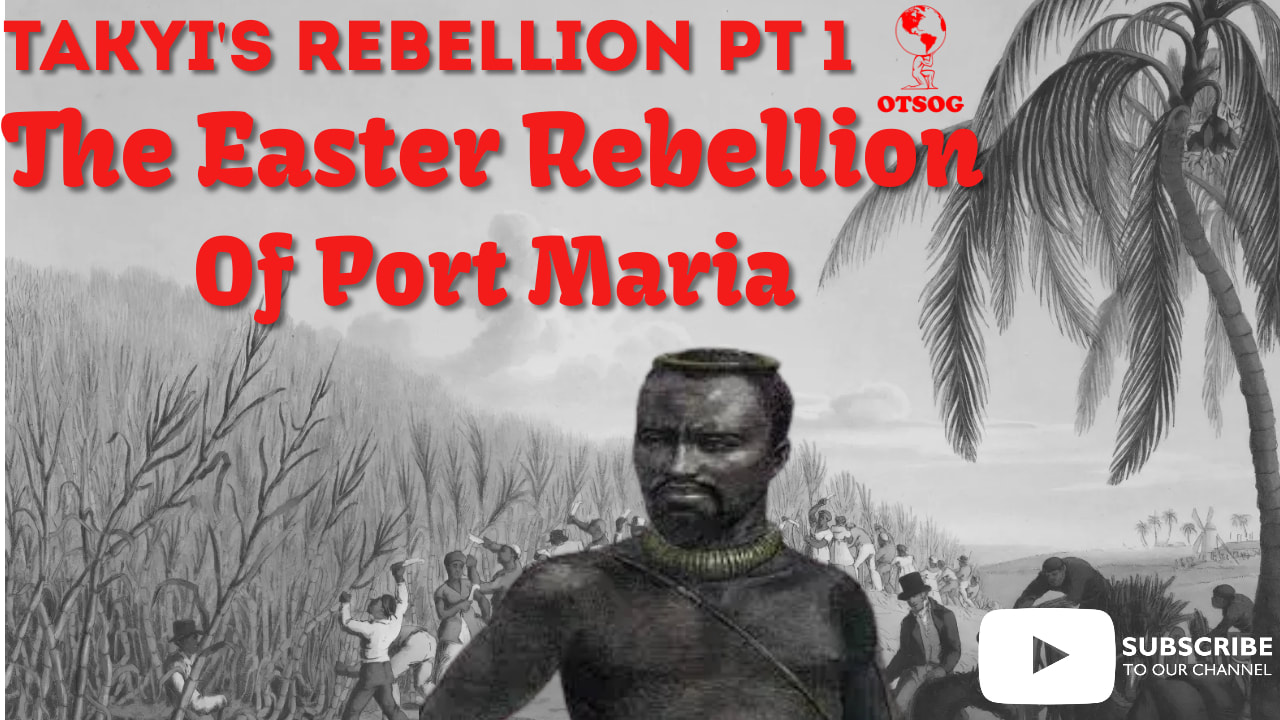
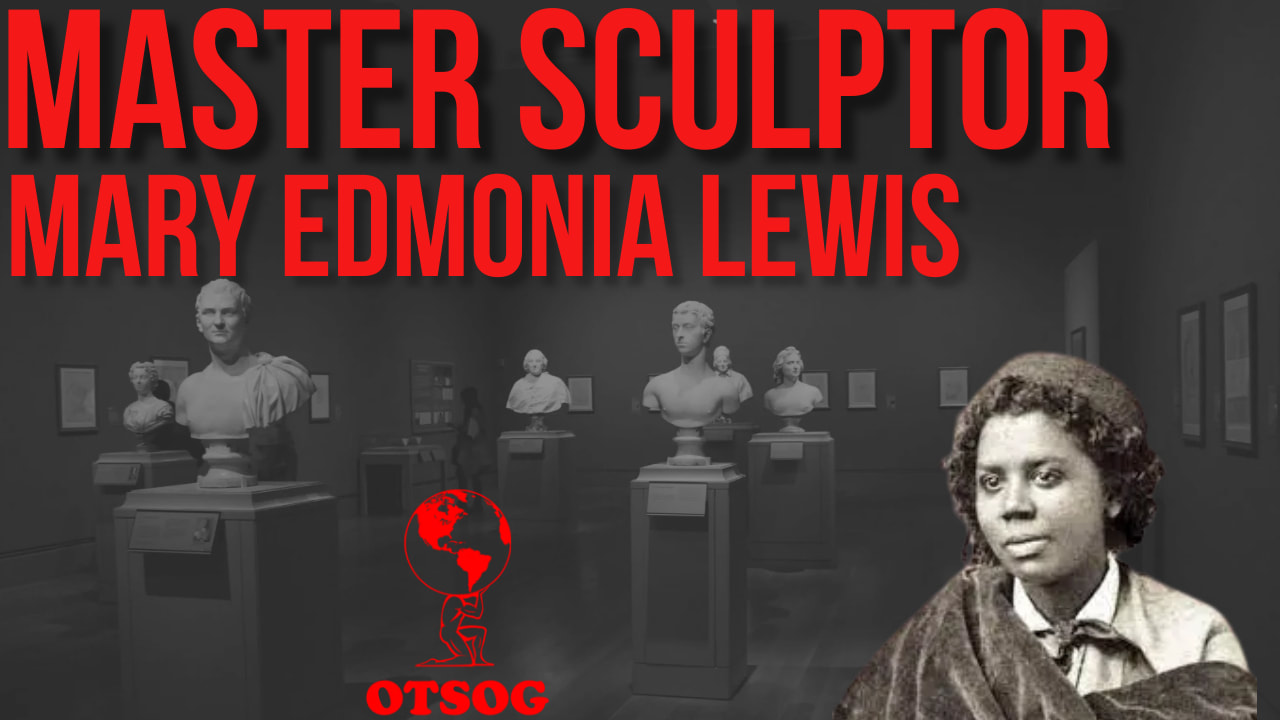

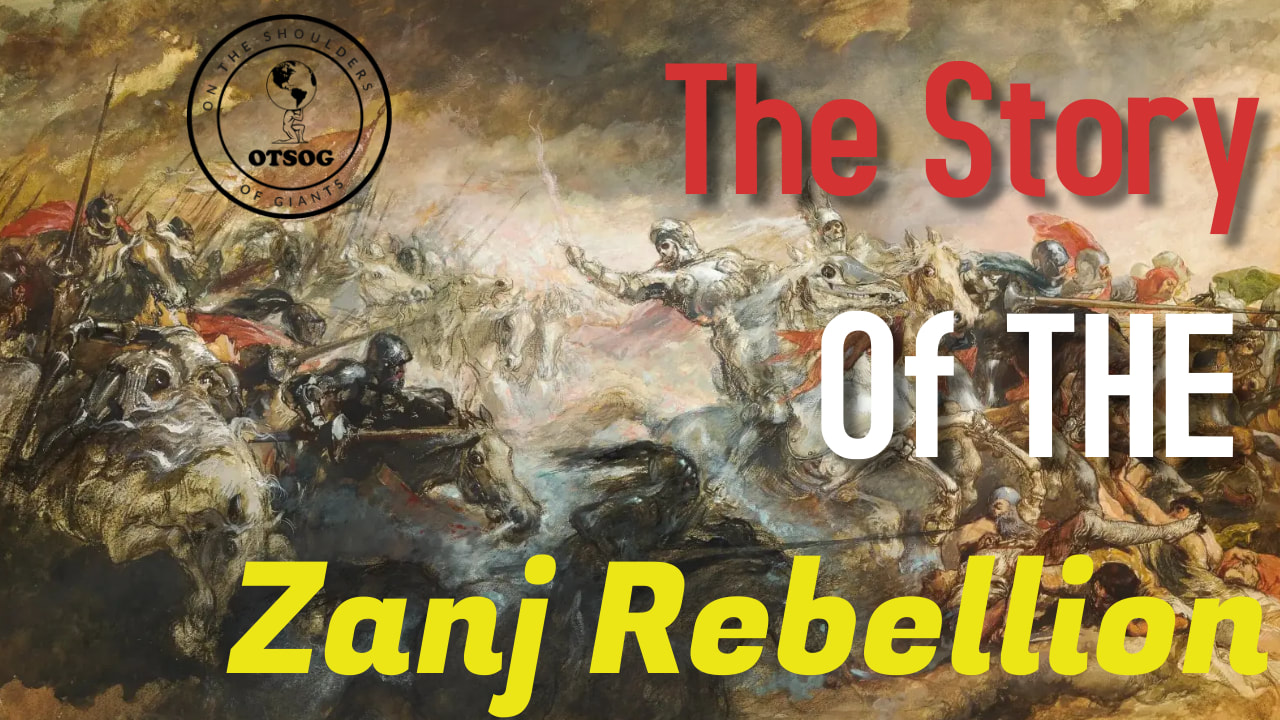
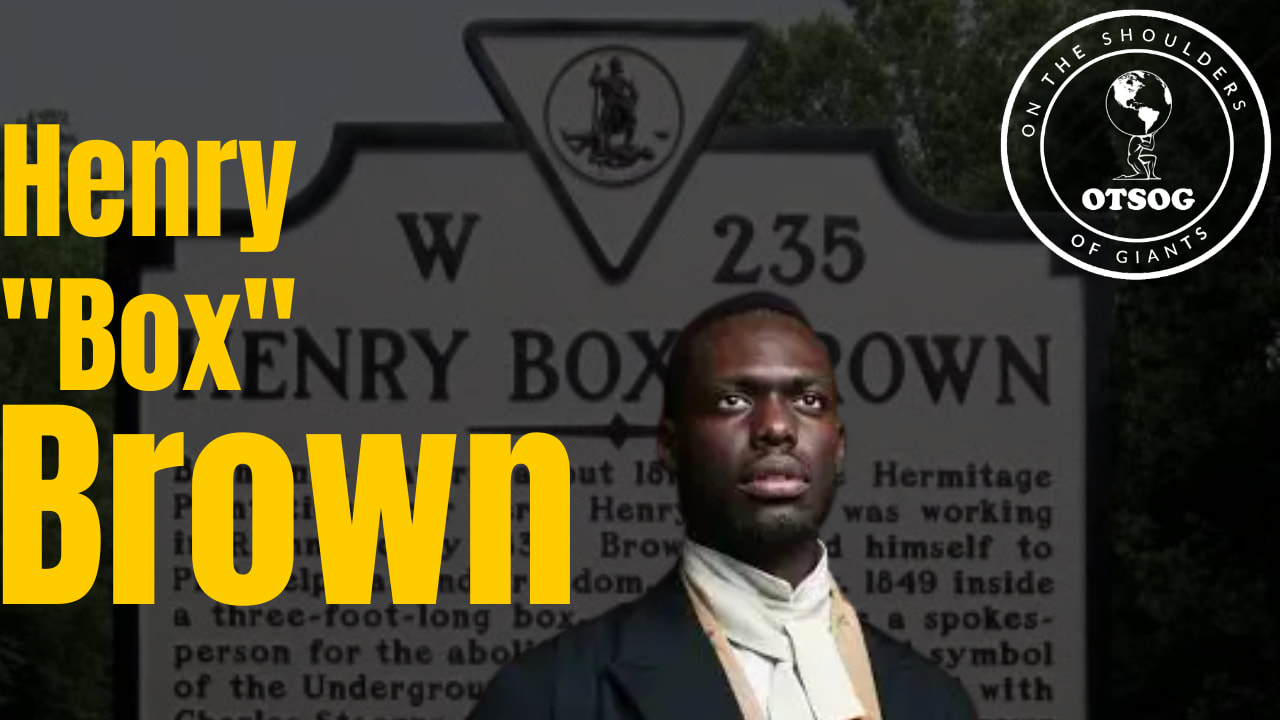
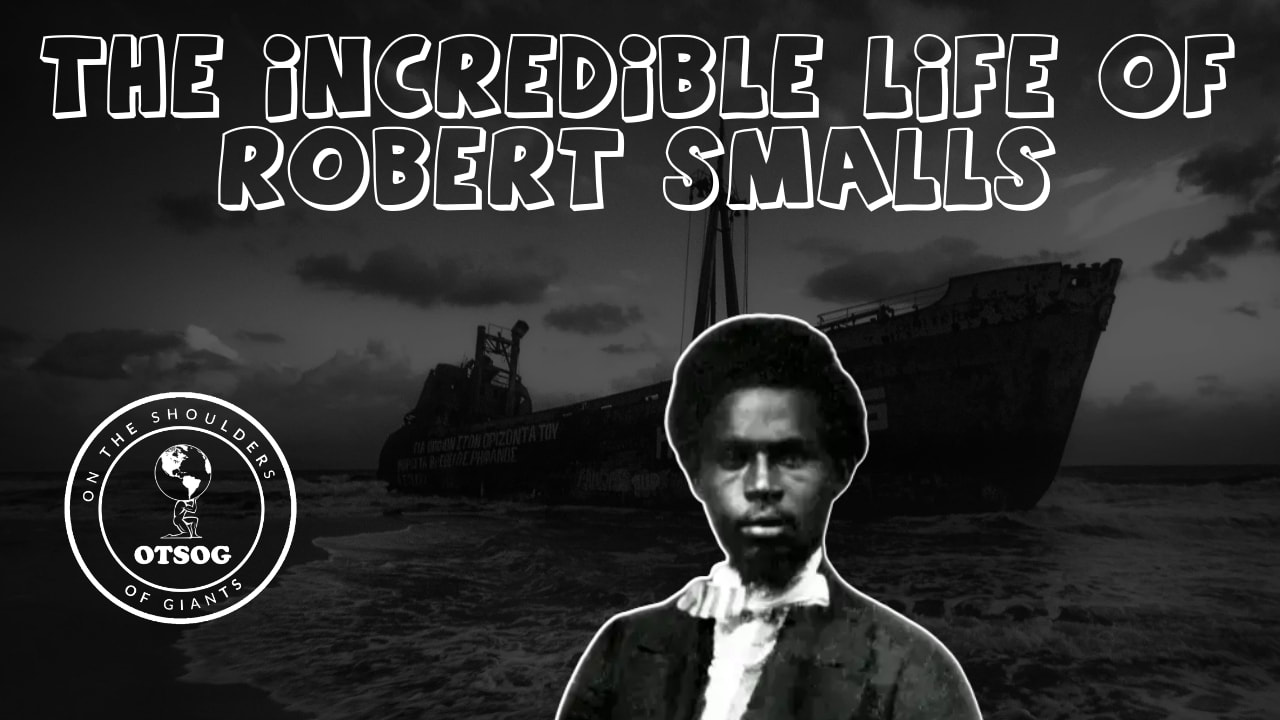
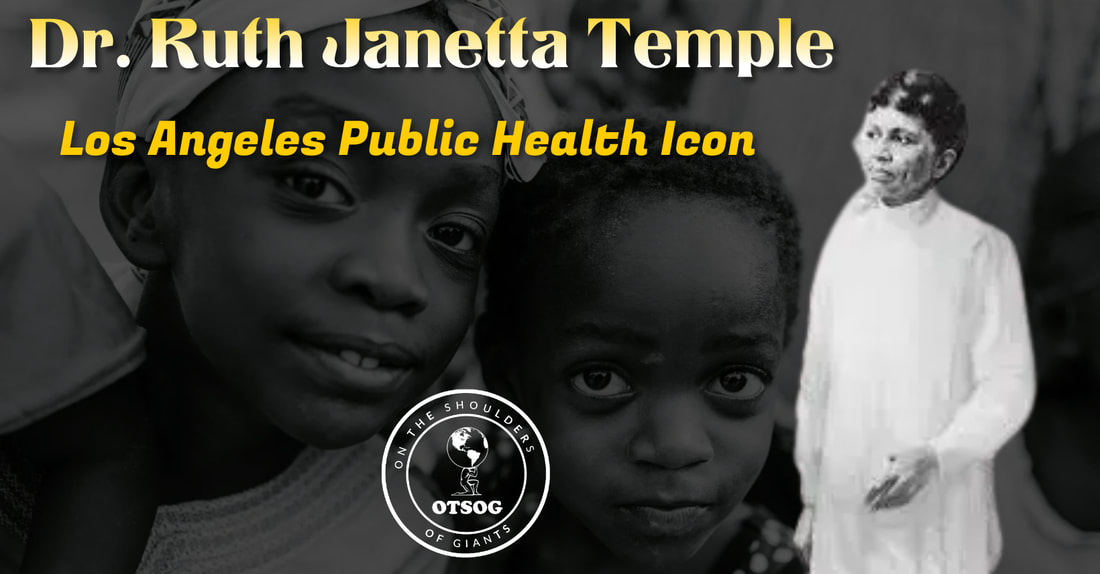
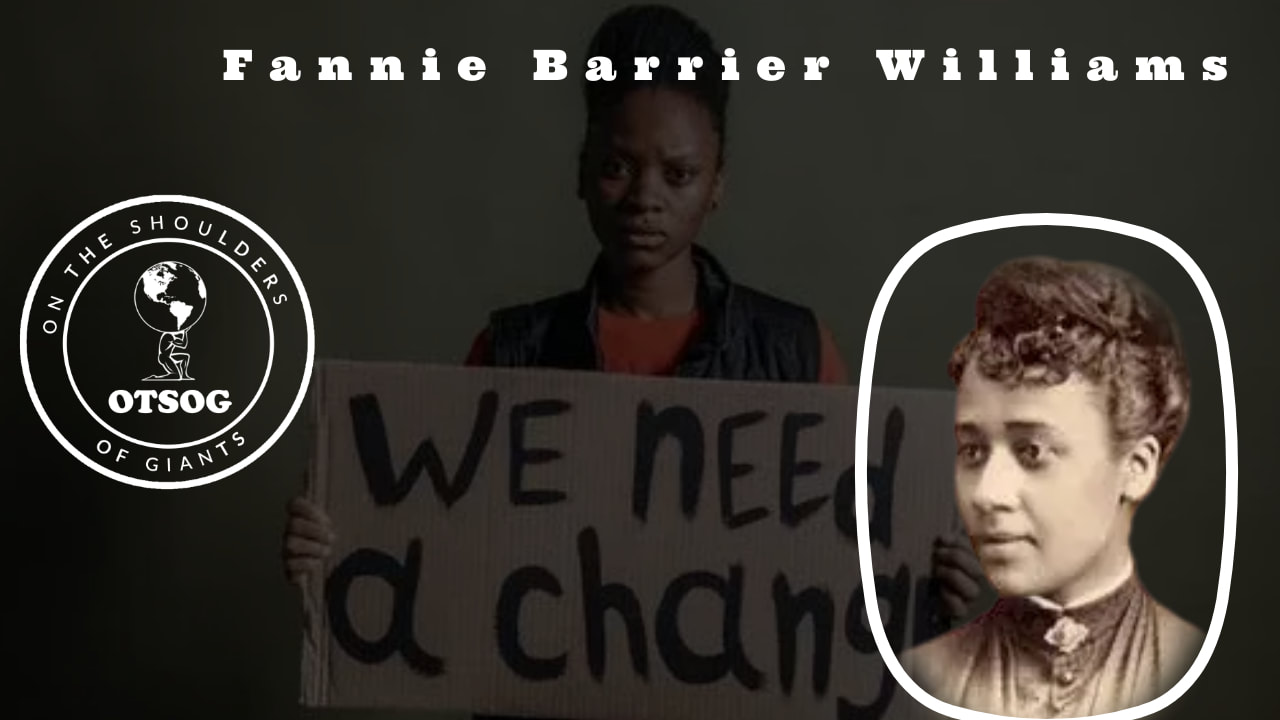


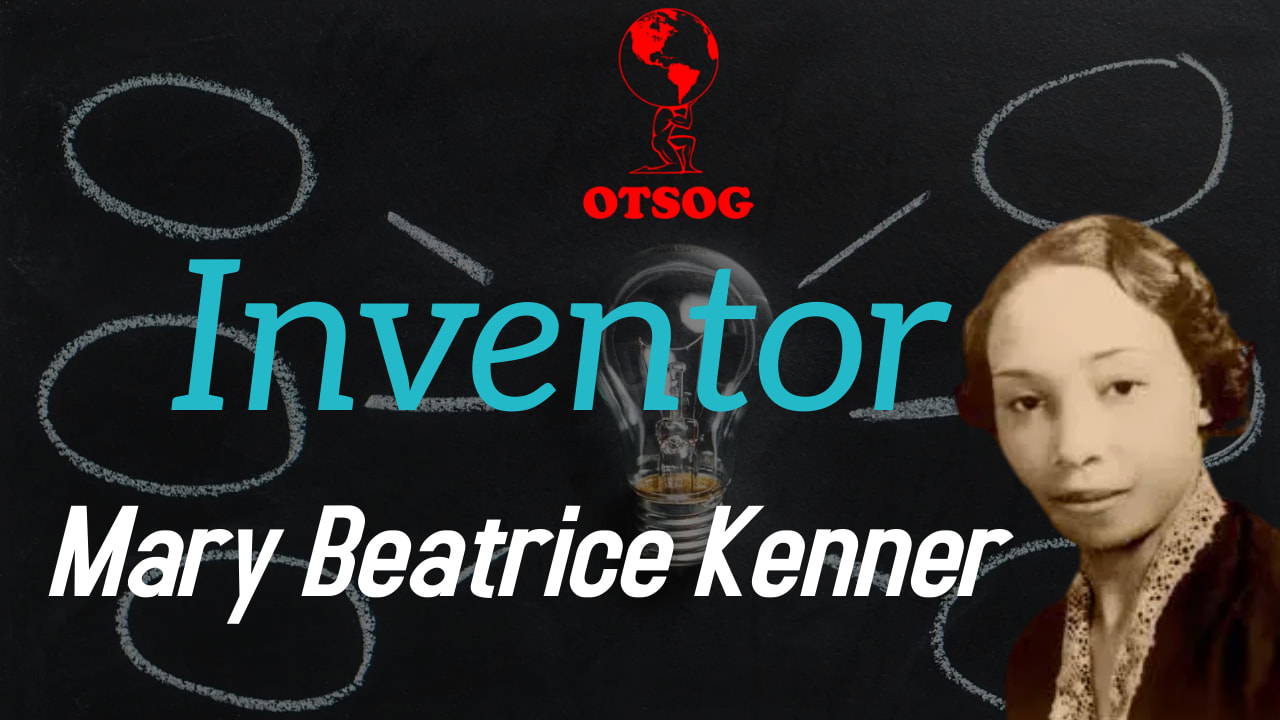
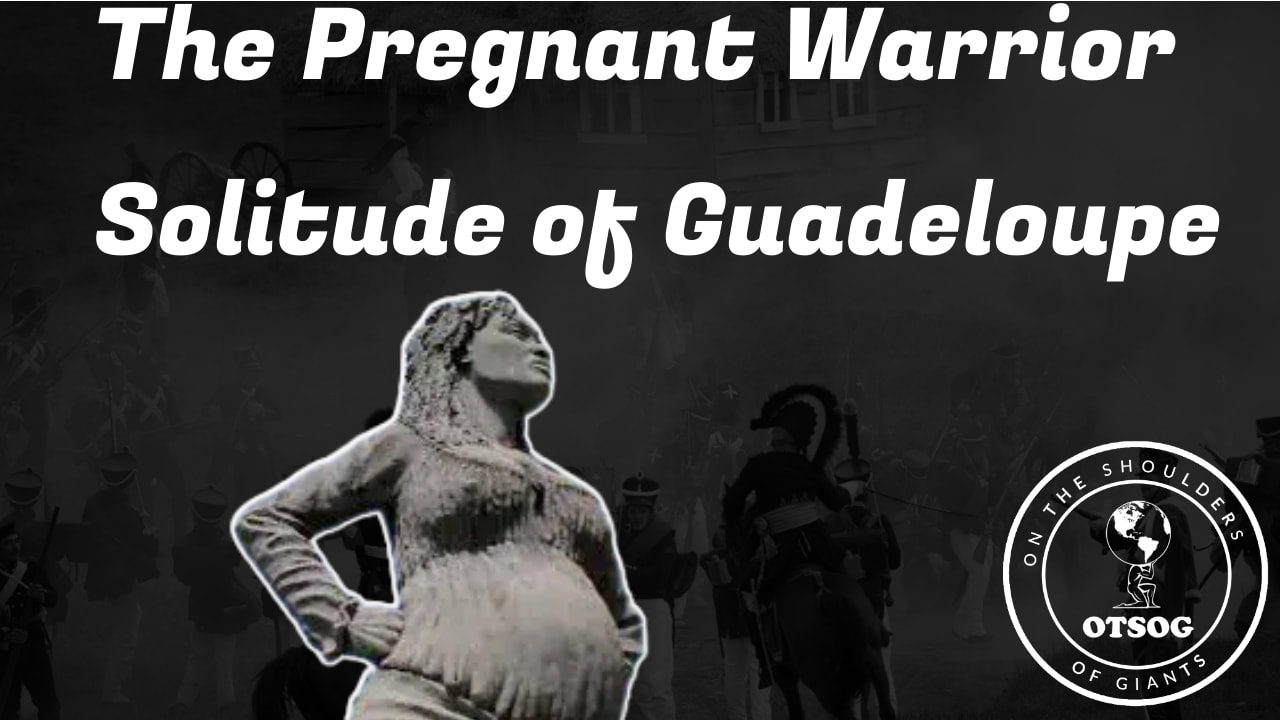
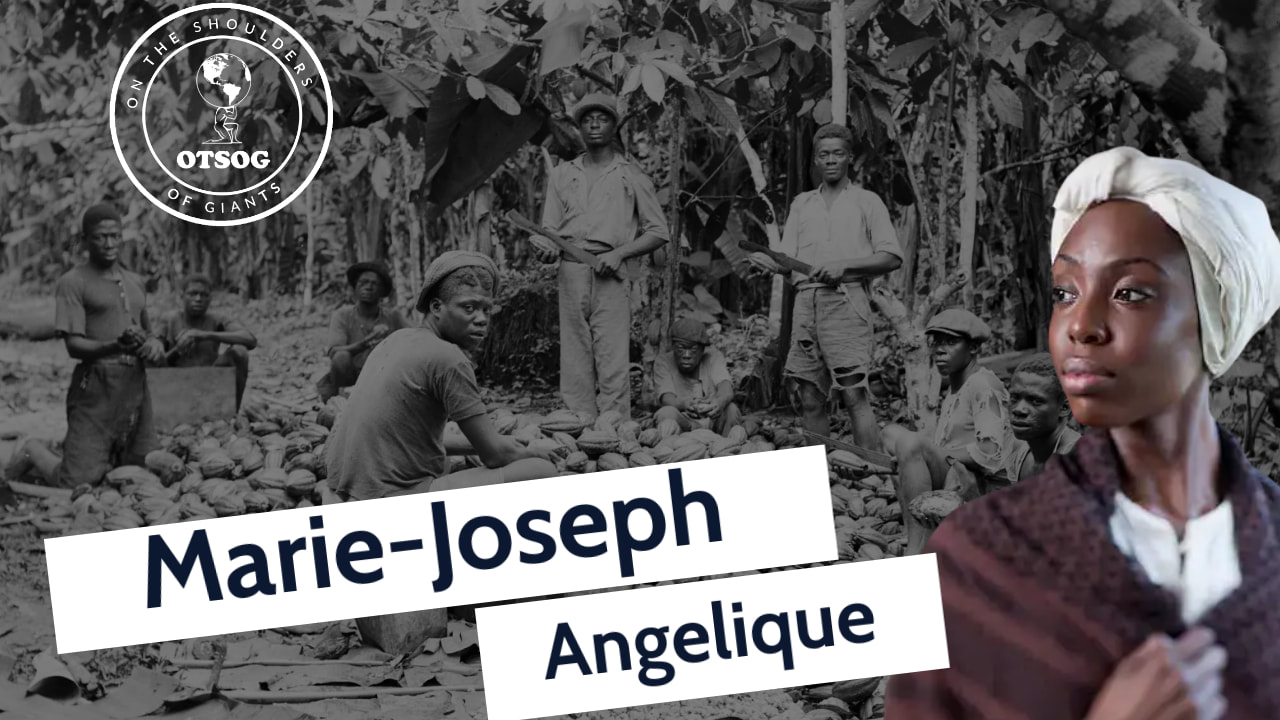
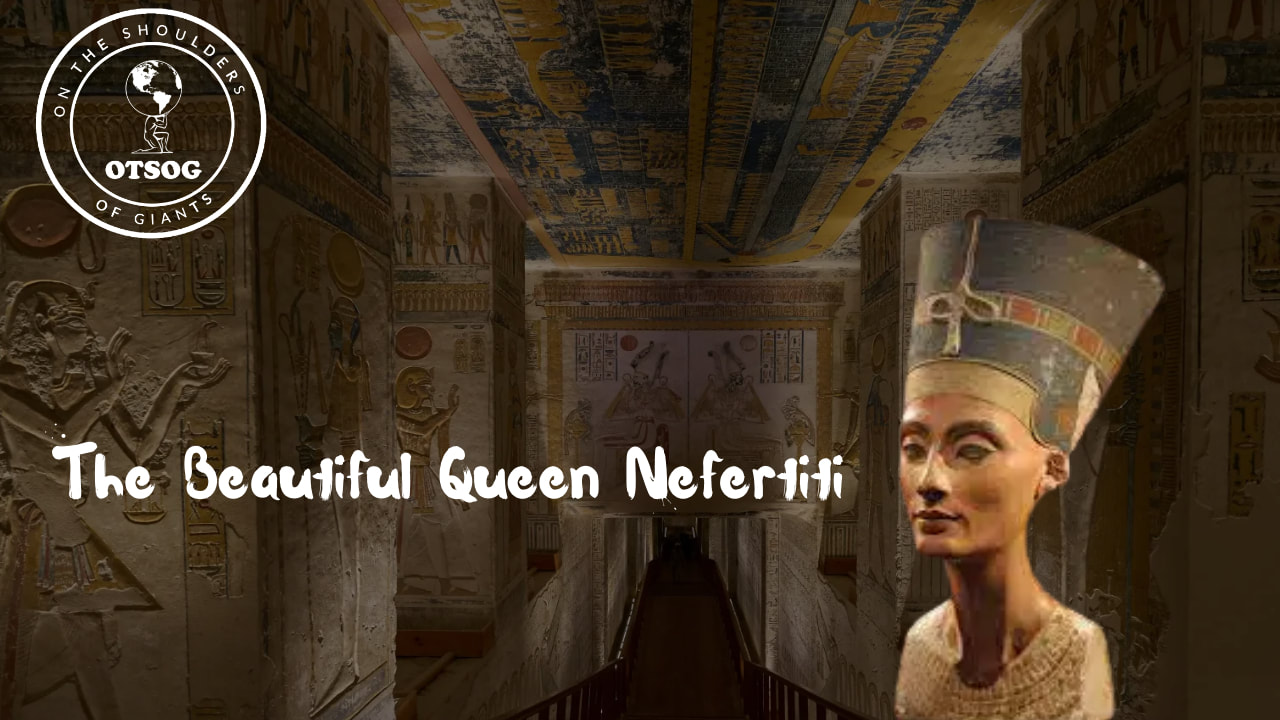
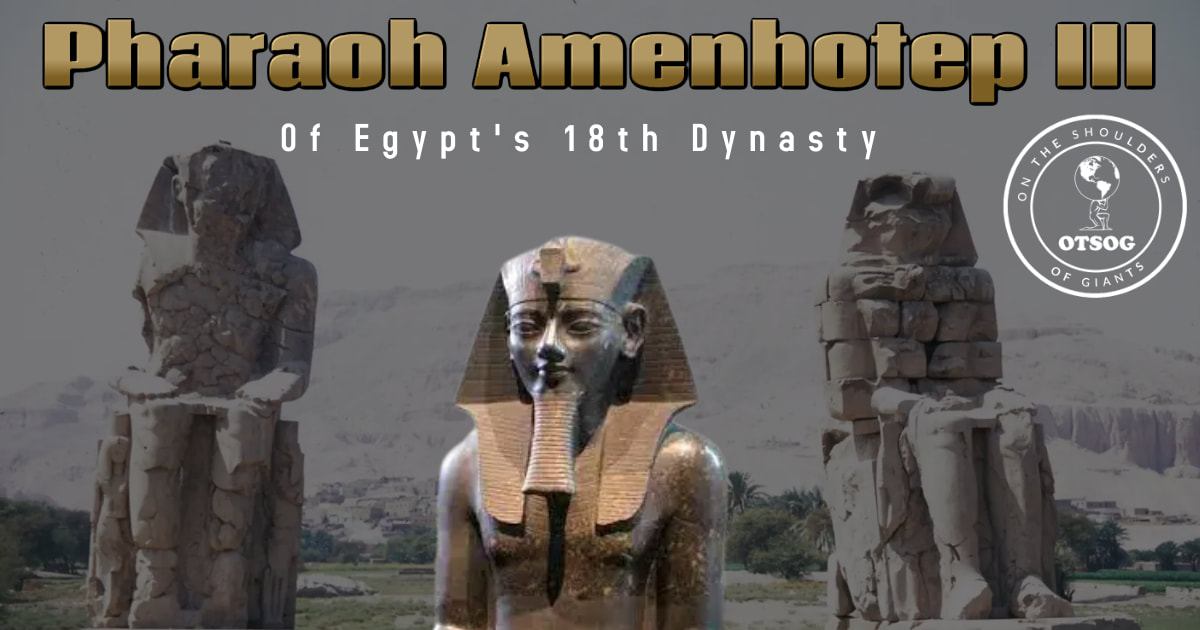
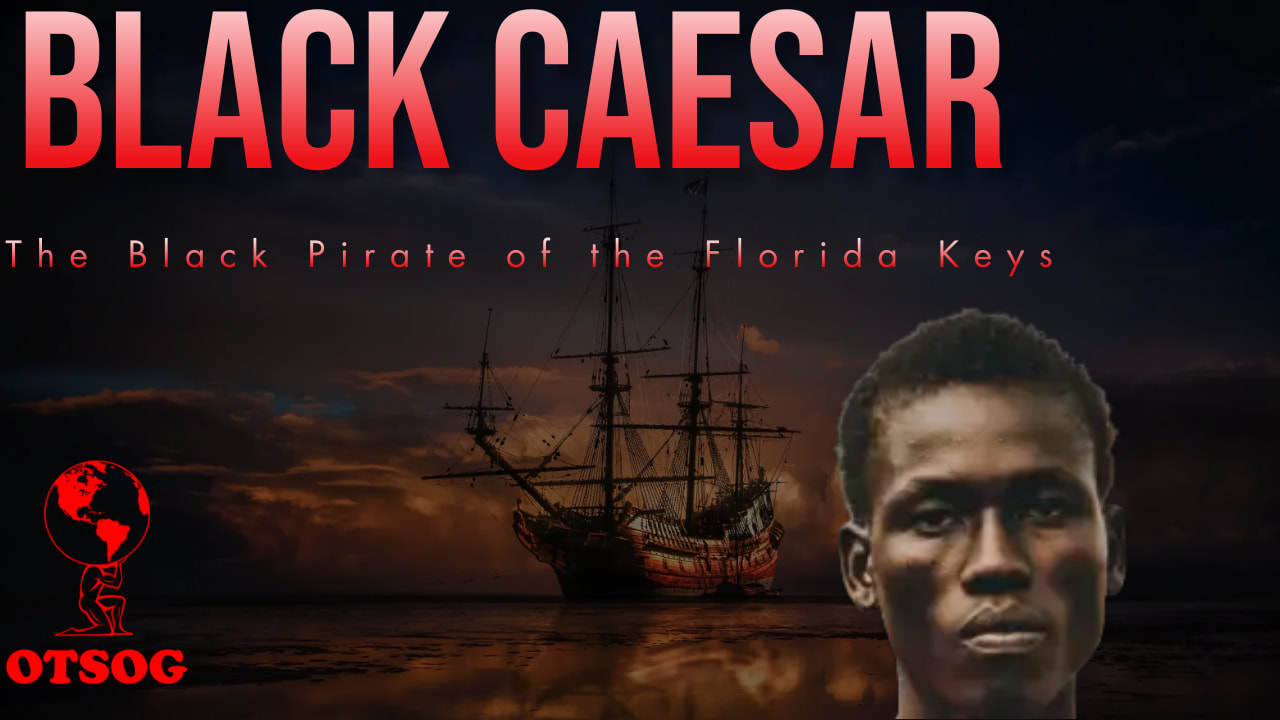
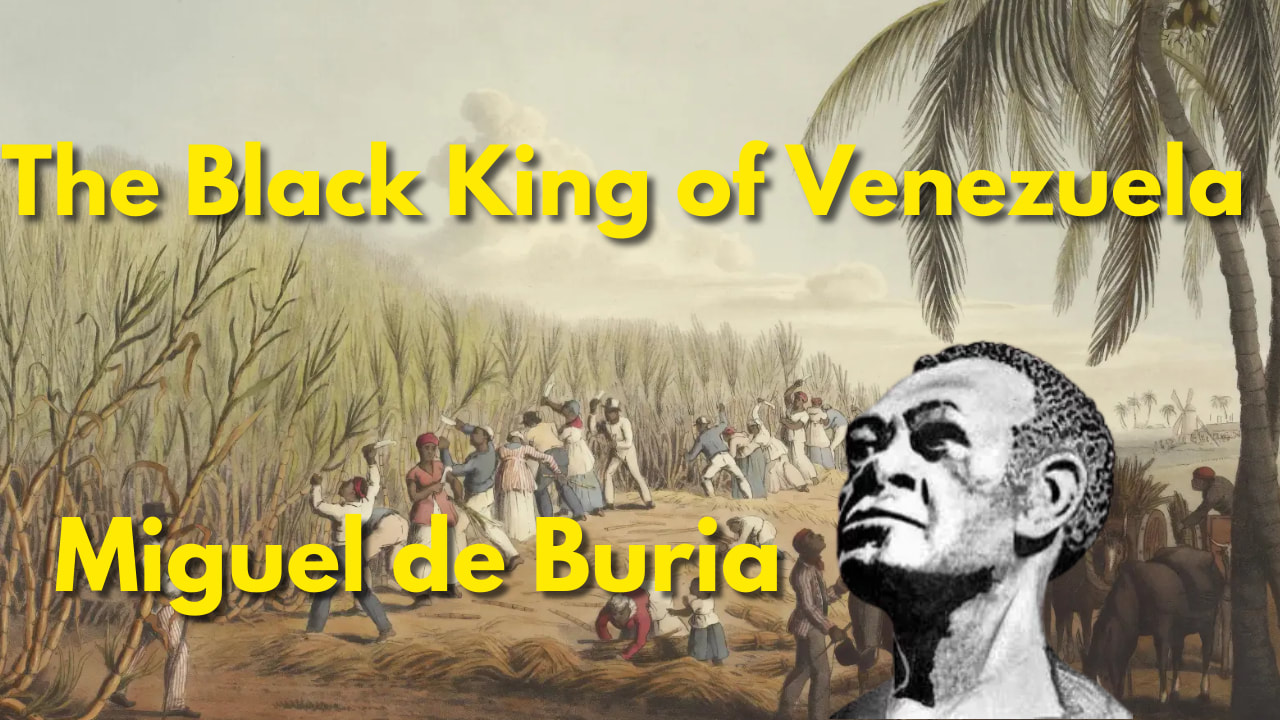
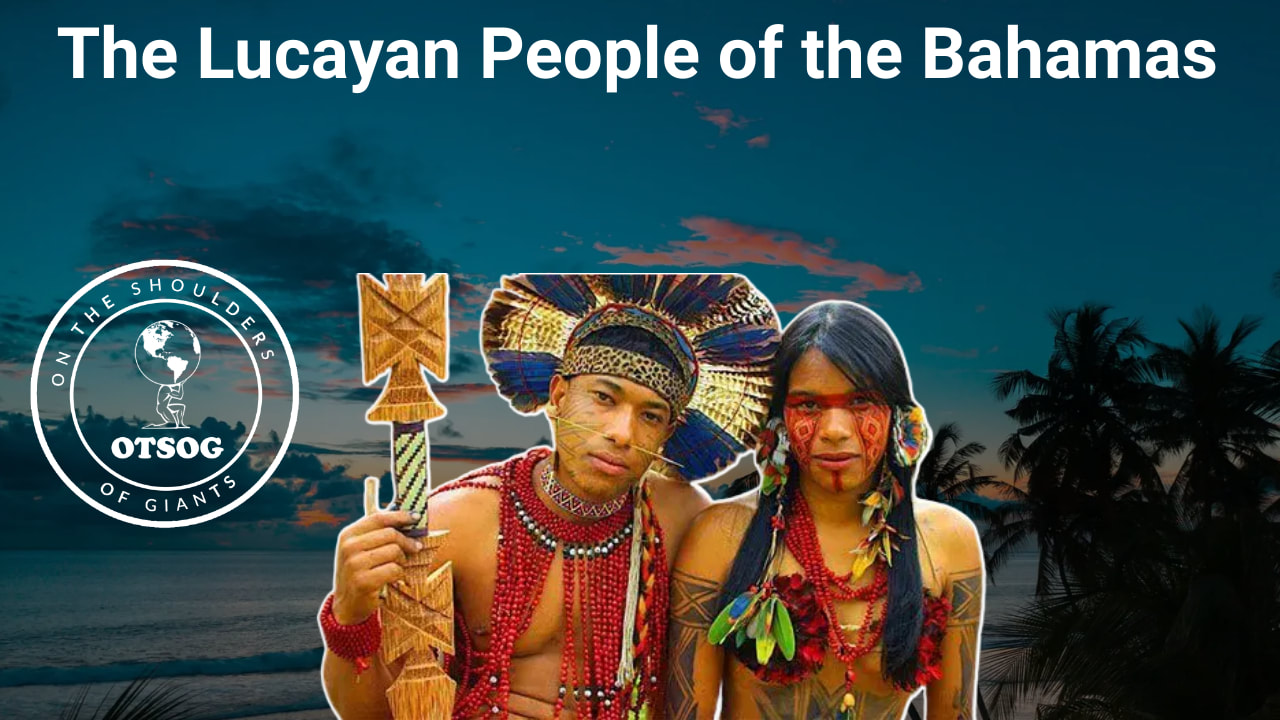
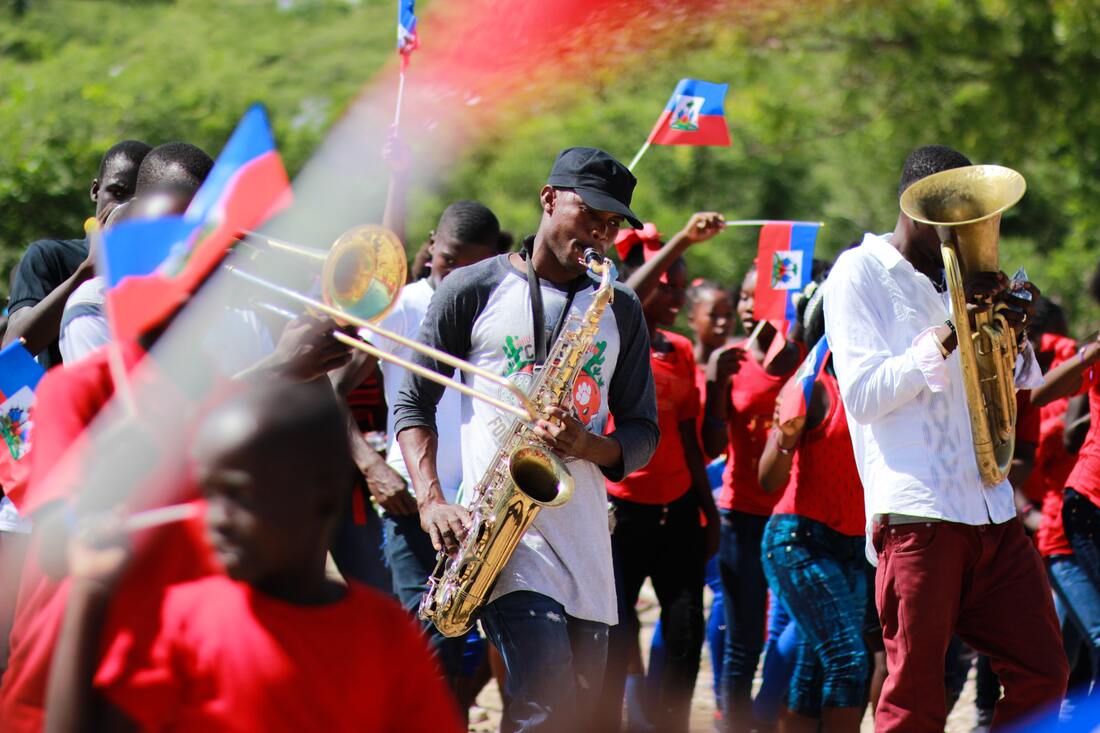
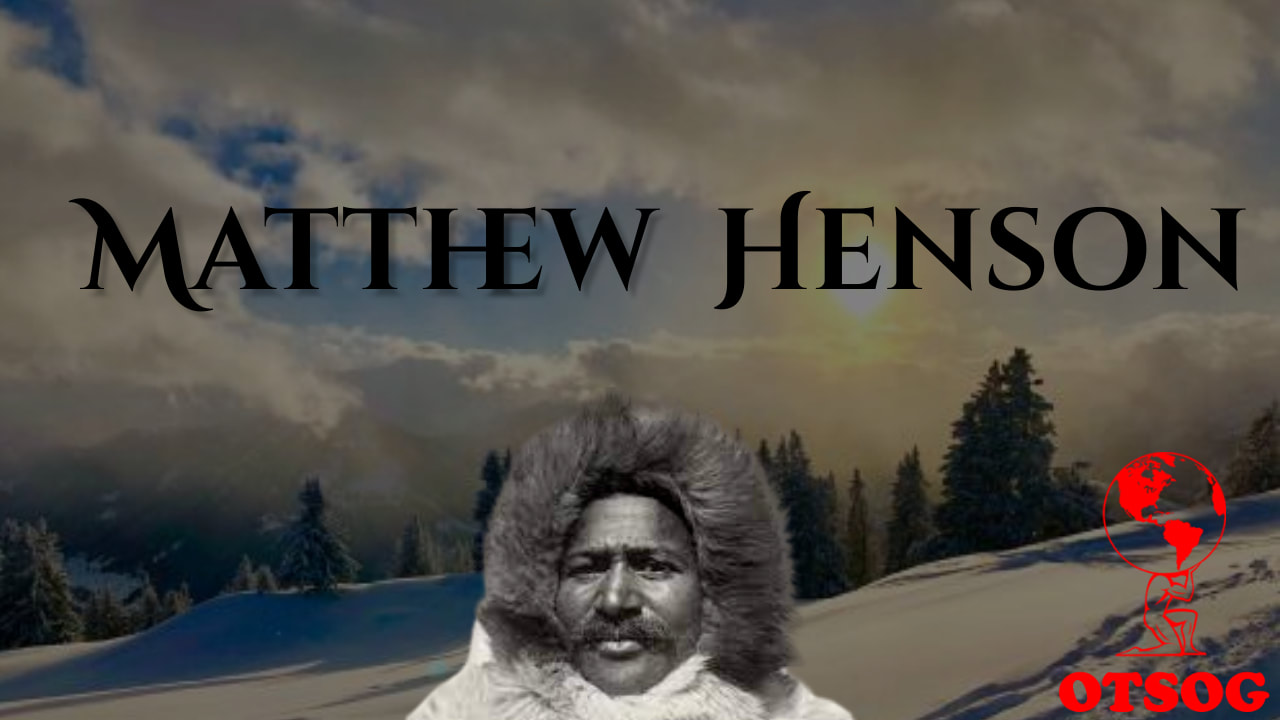
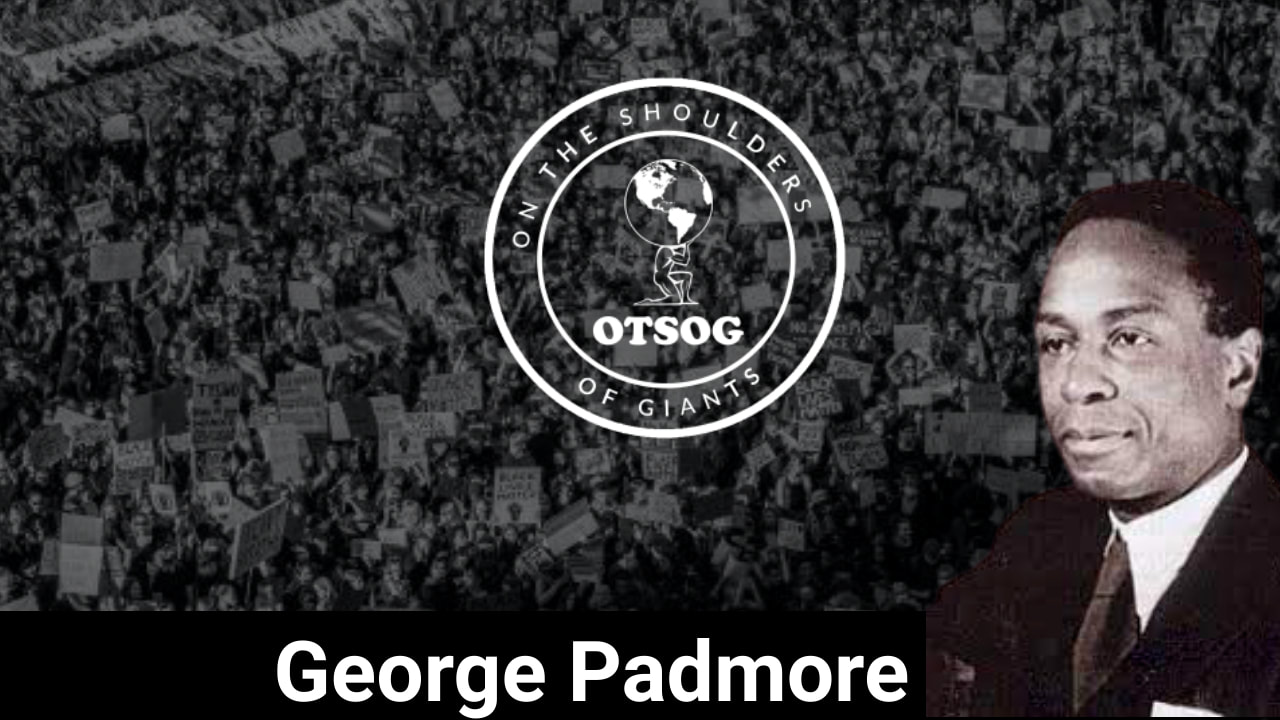
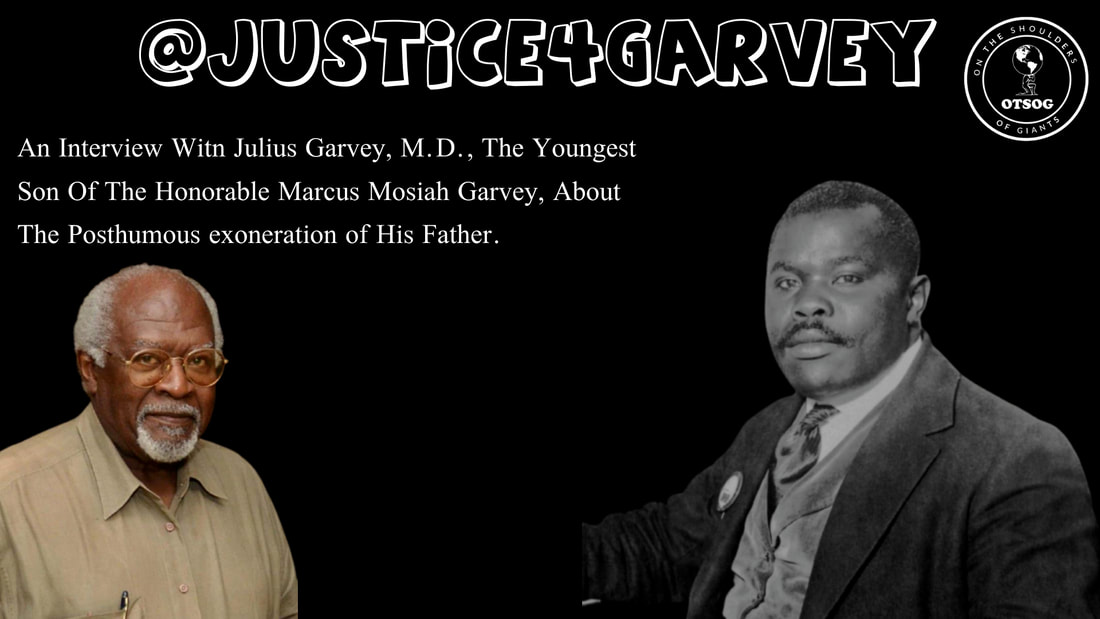
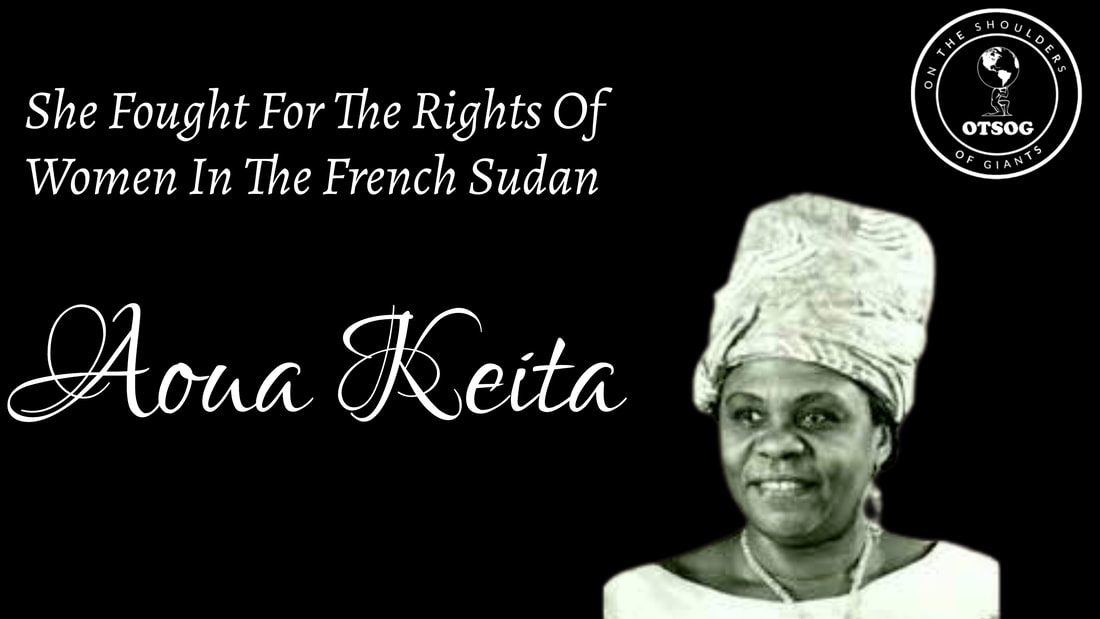
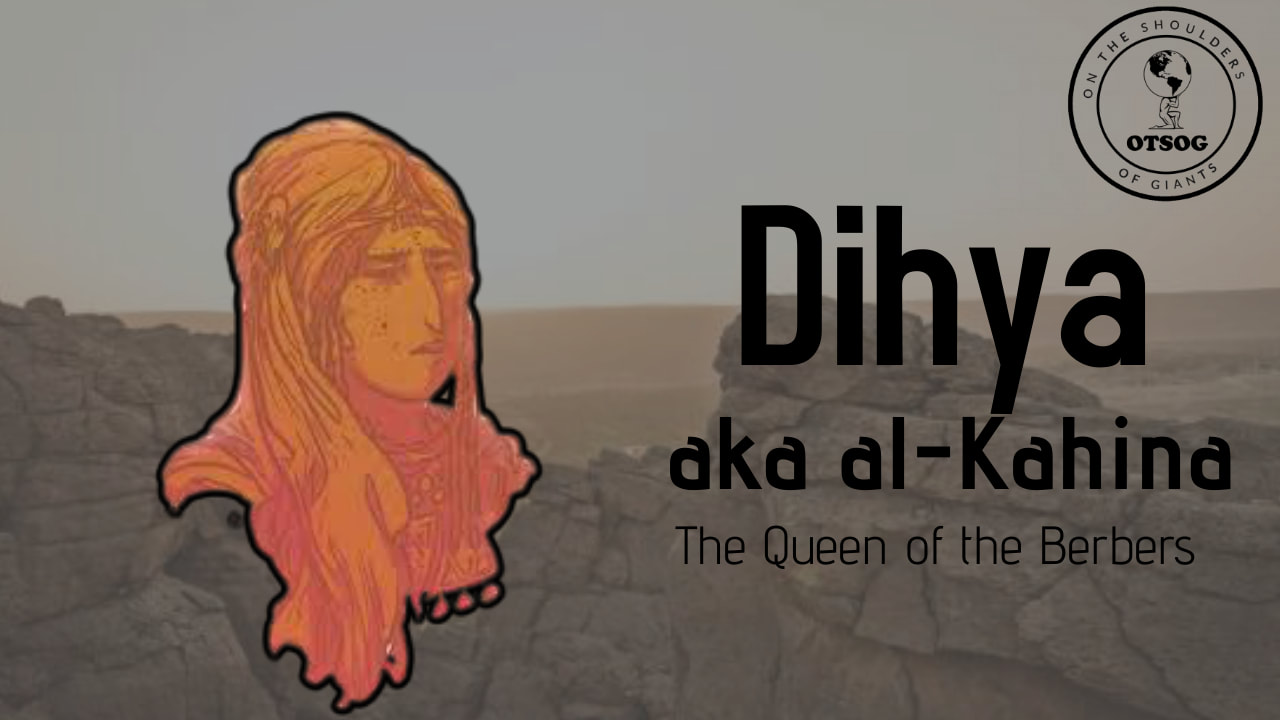
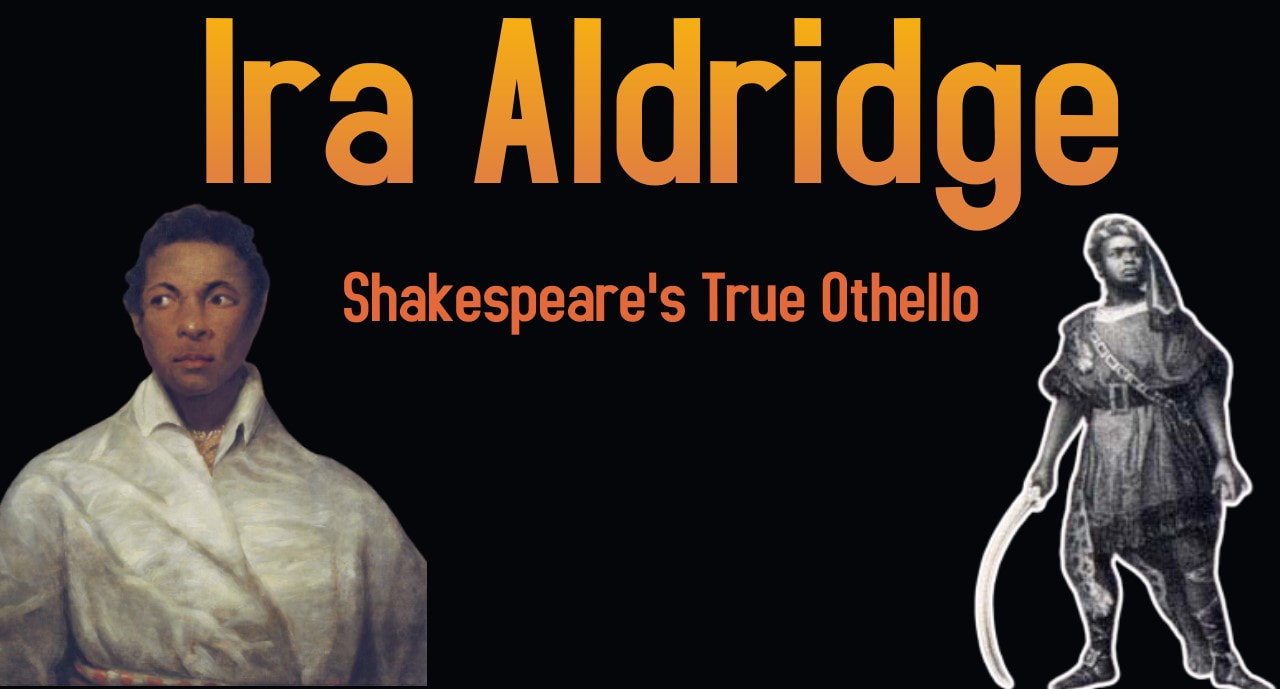
 RSS Feed
RSS Feed
